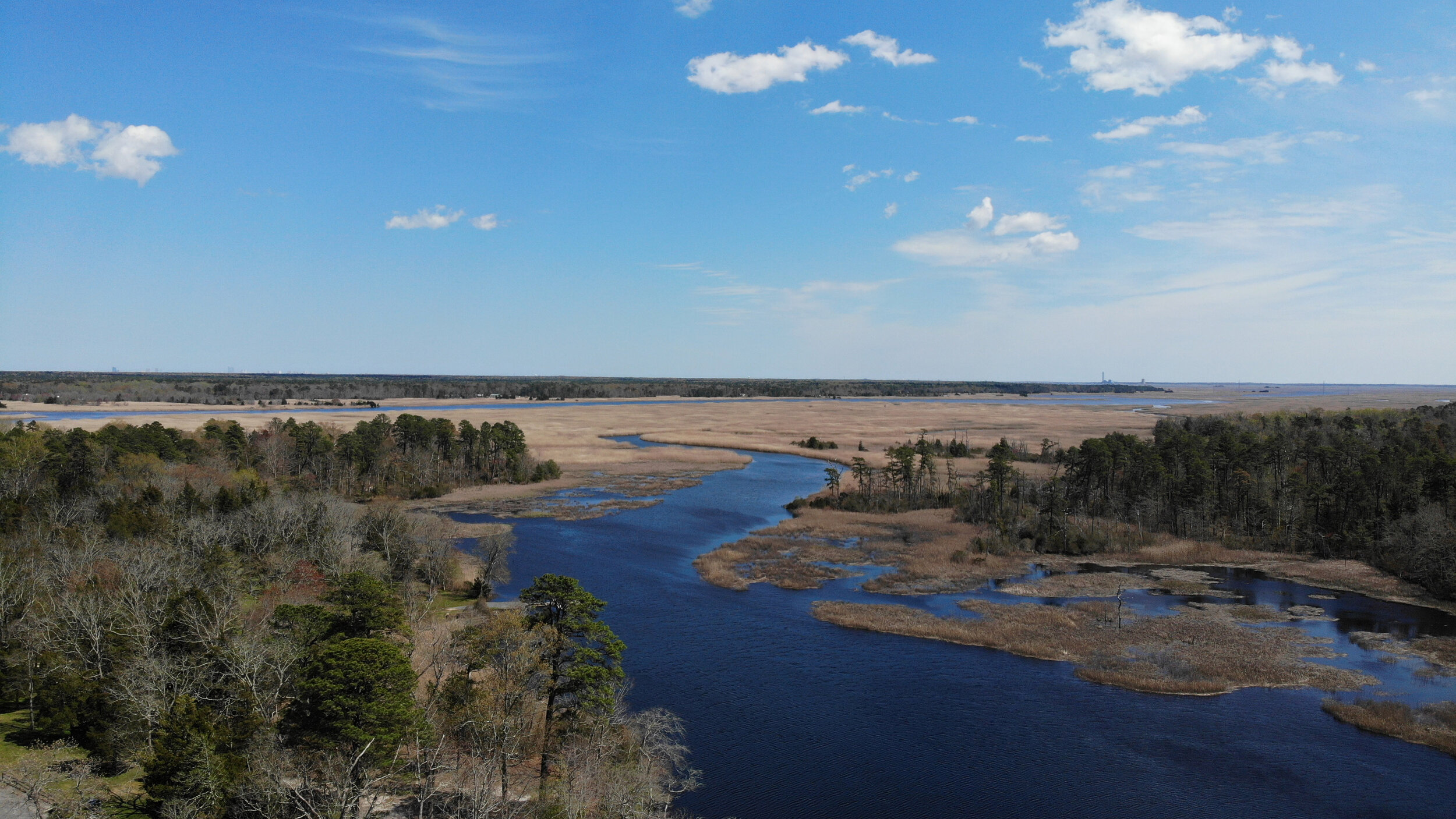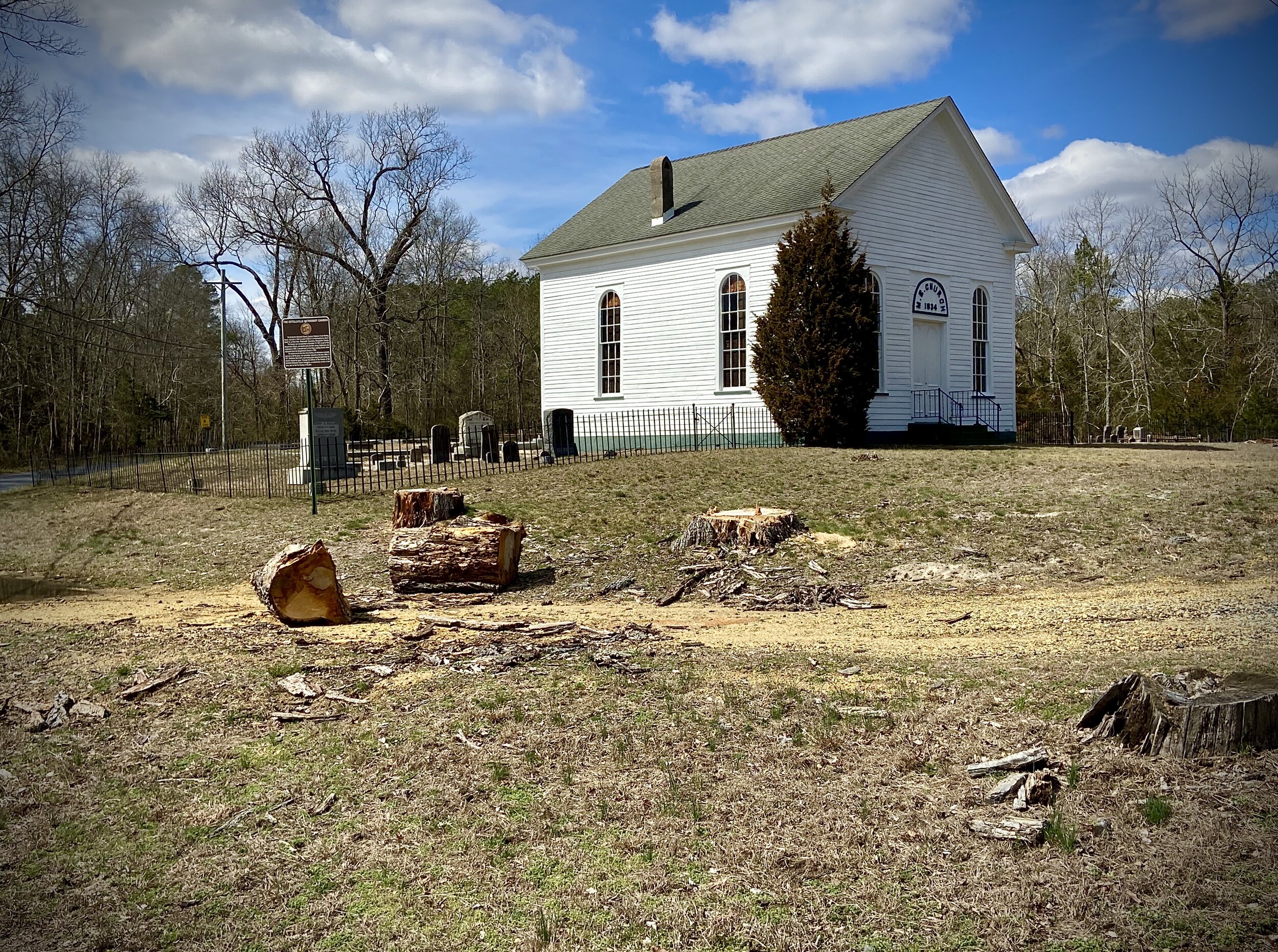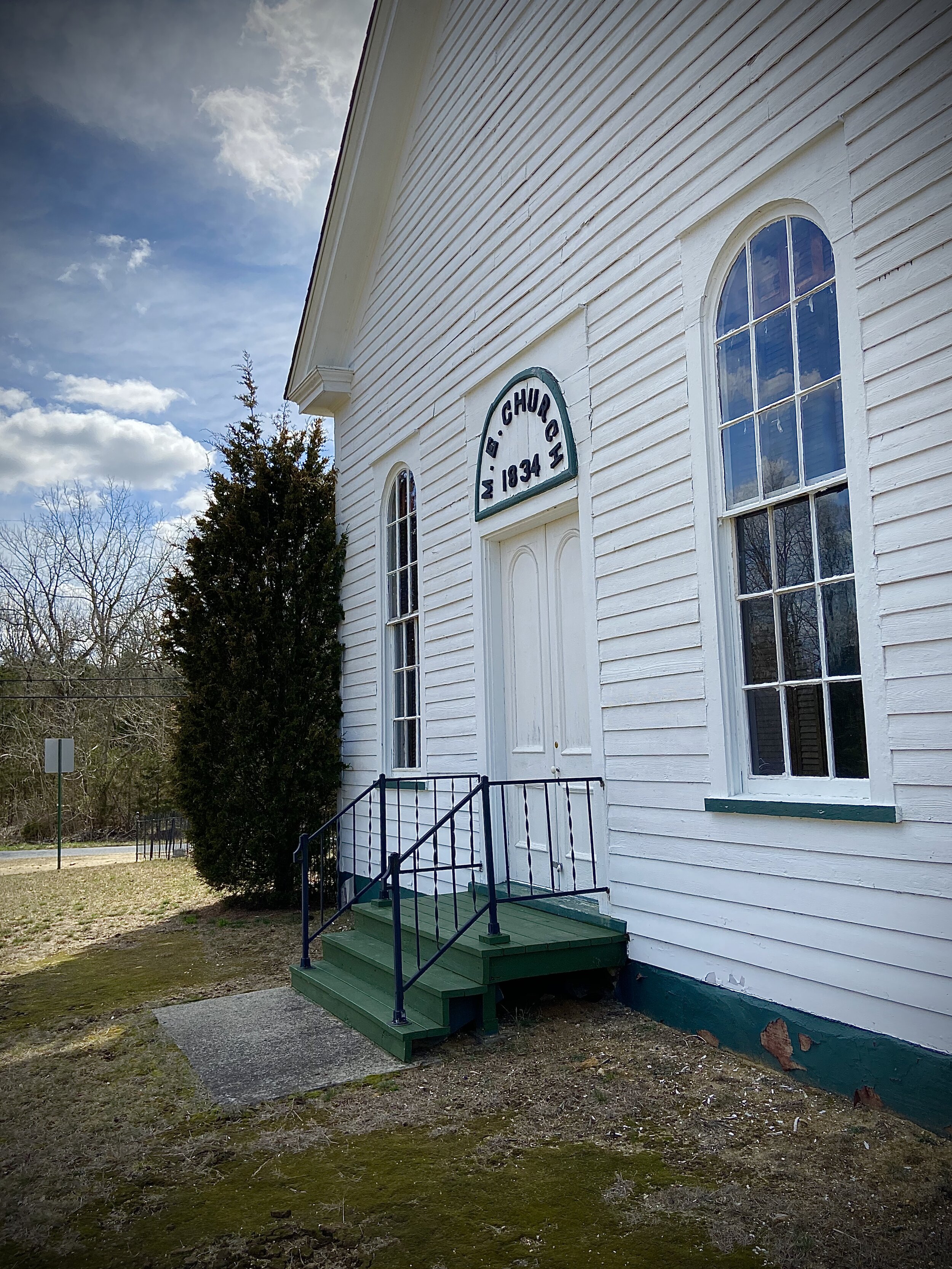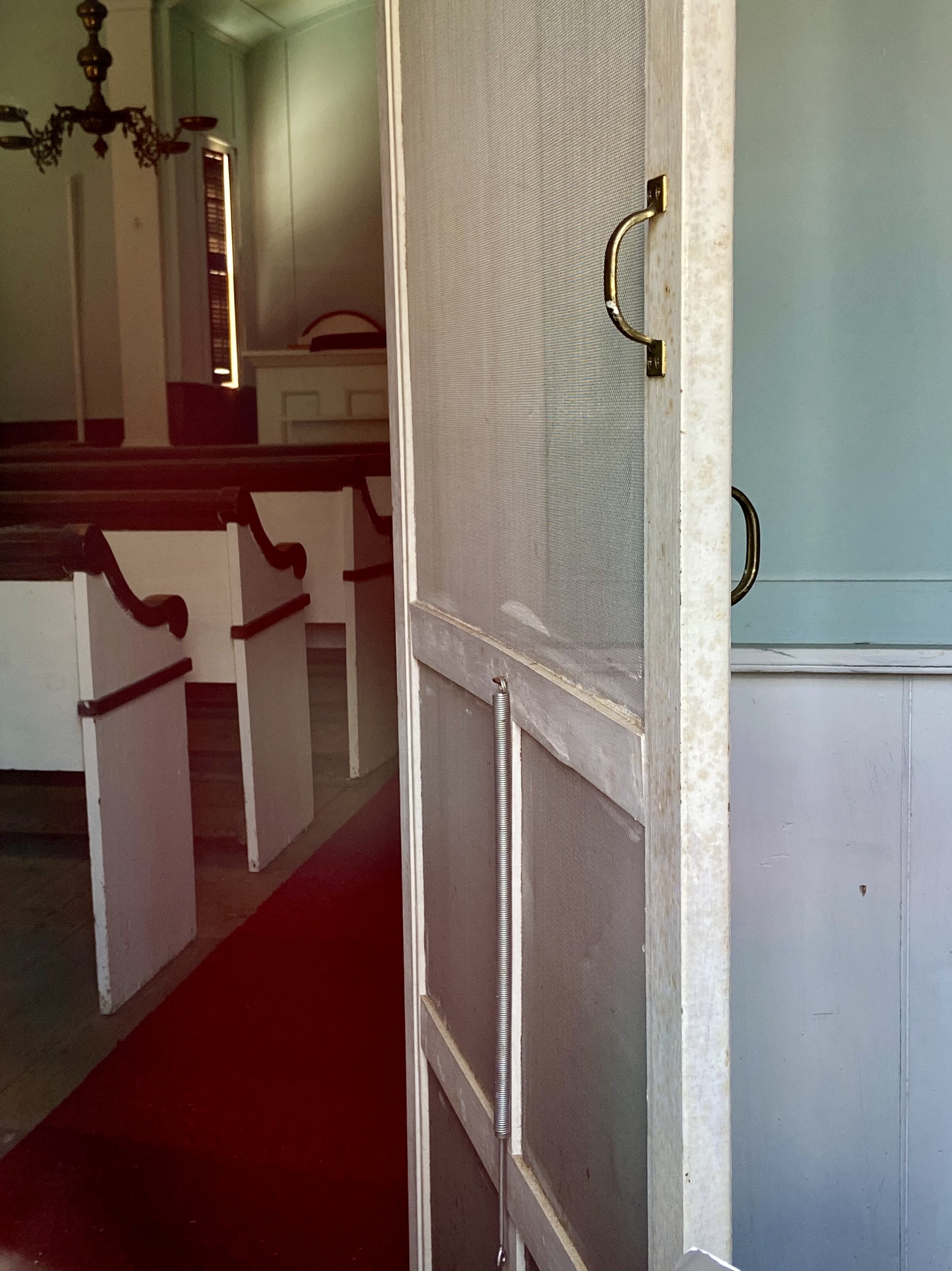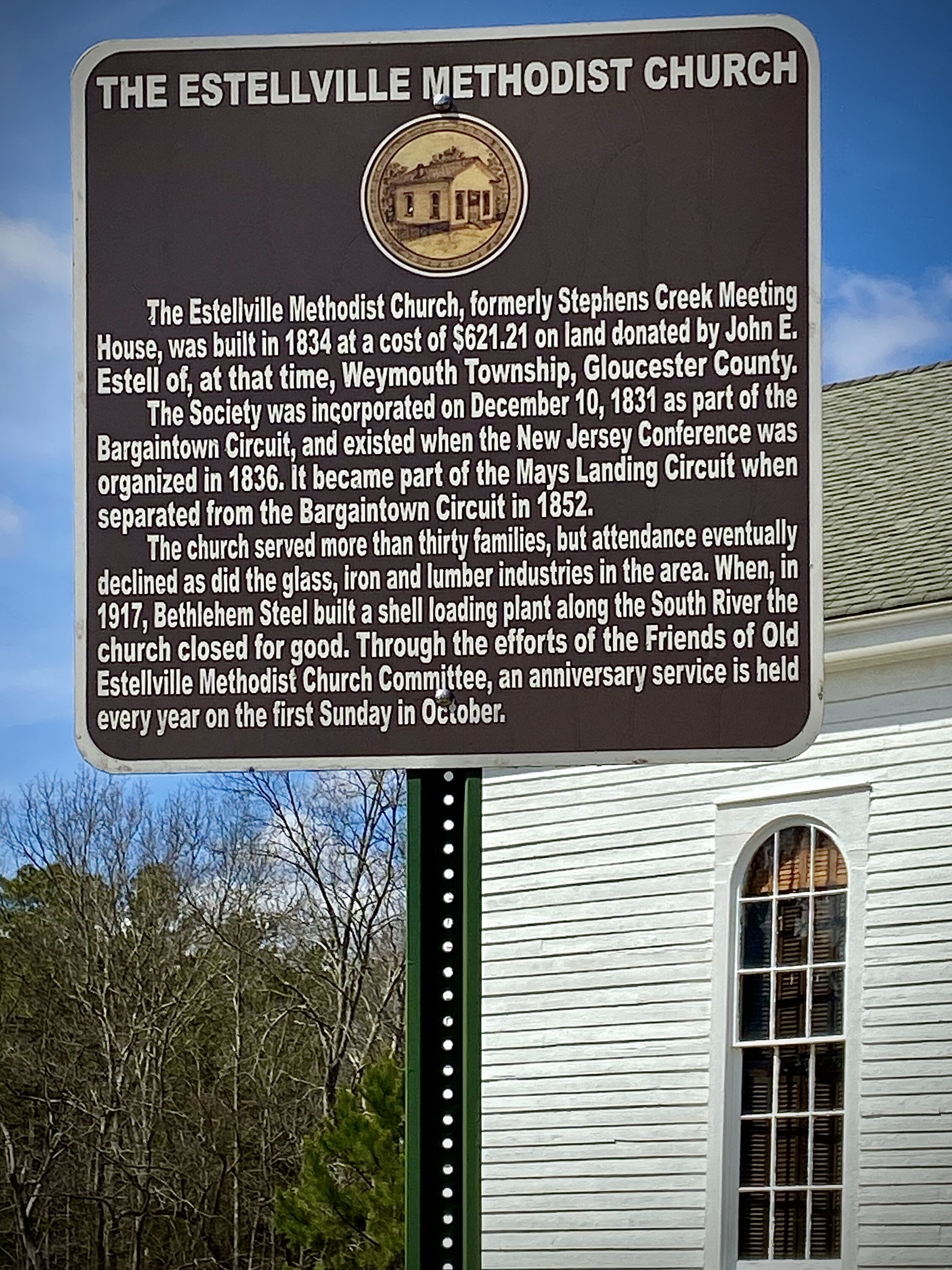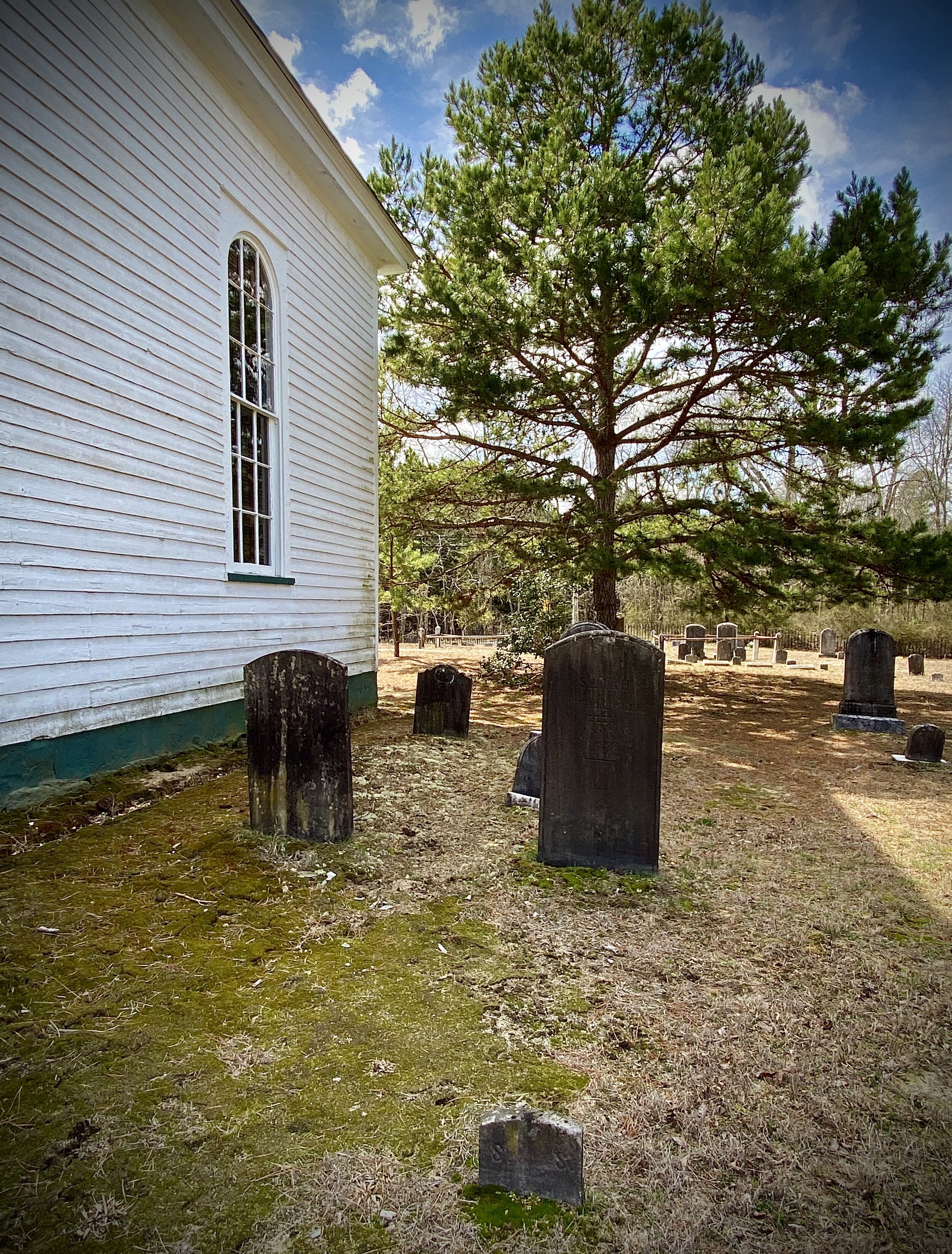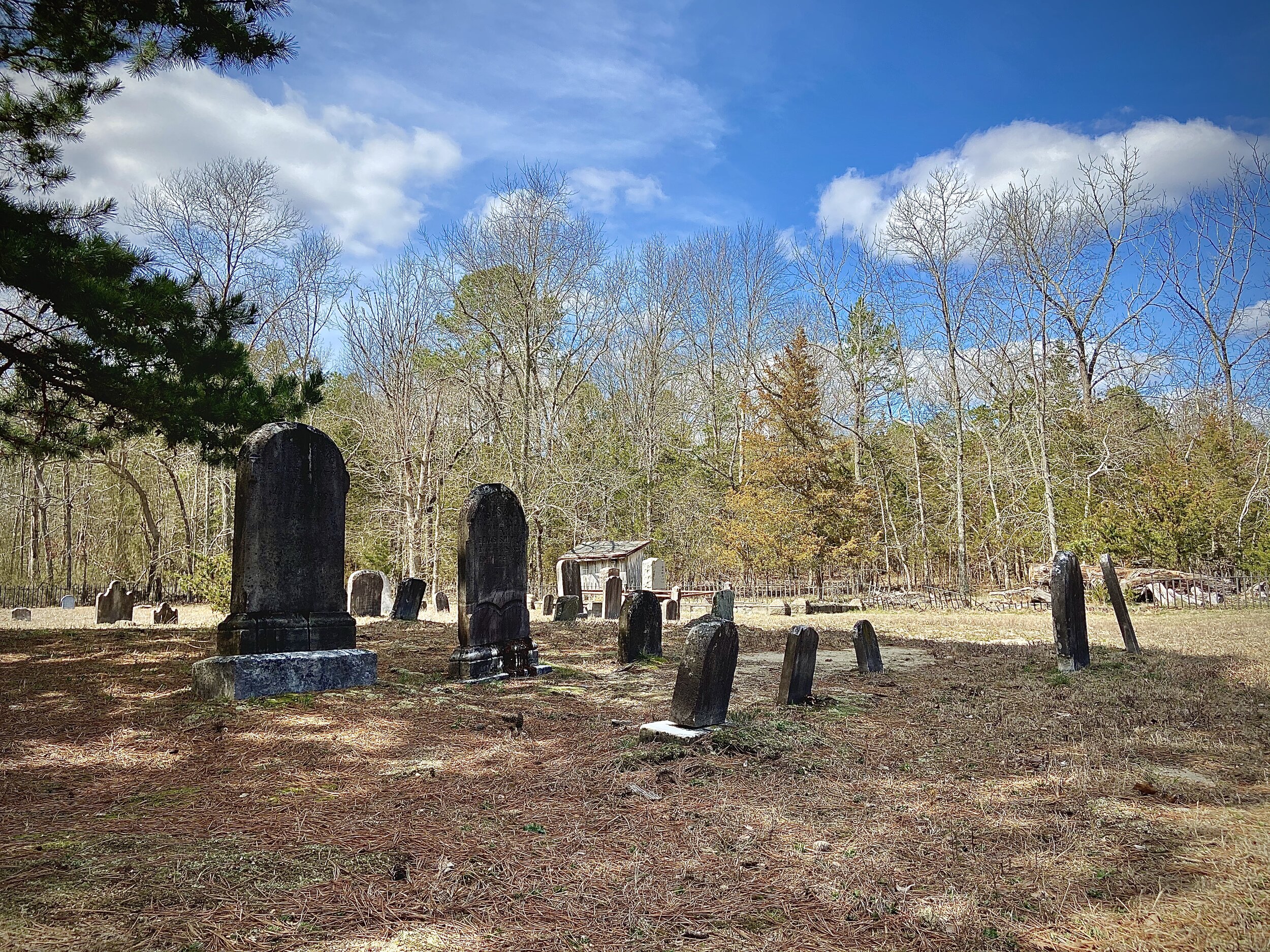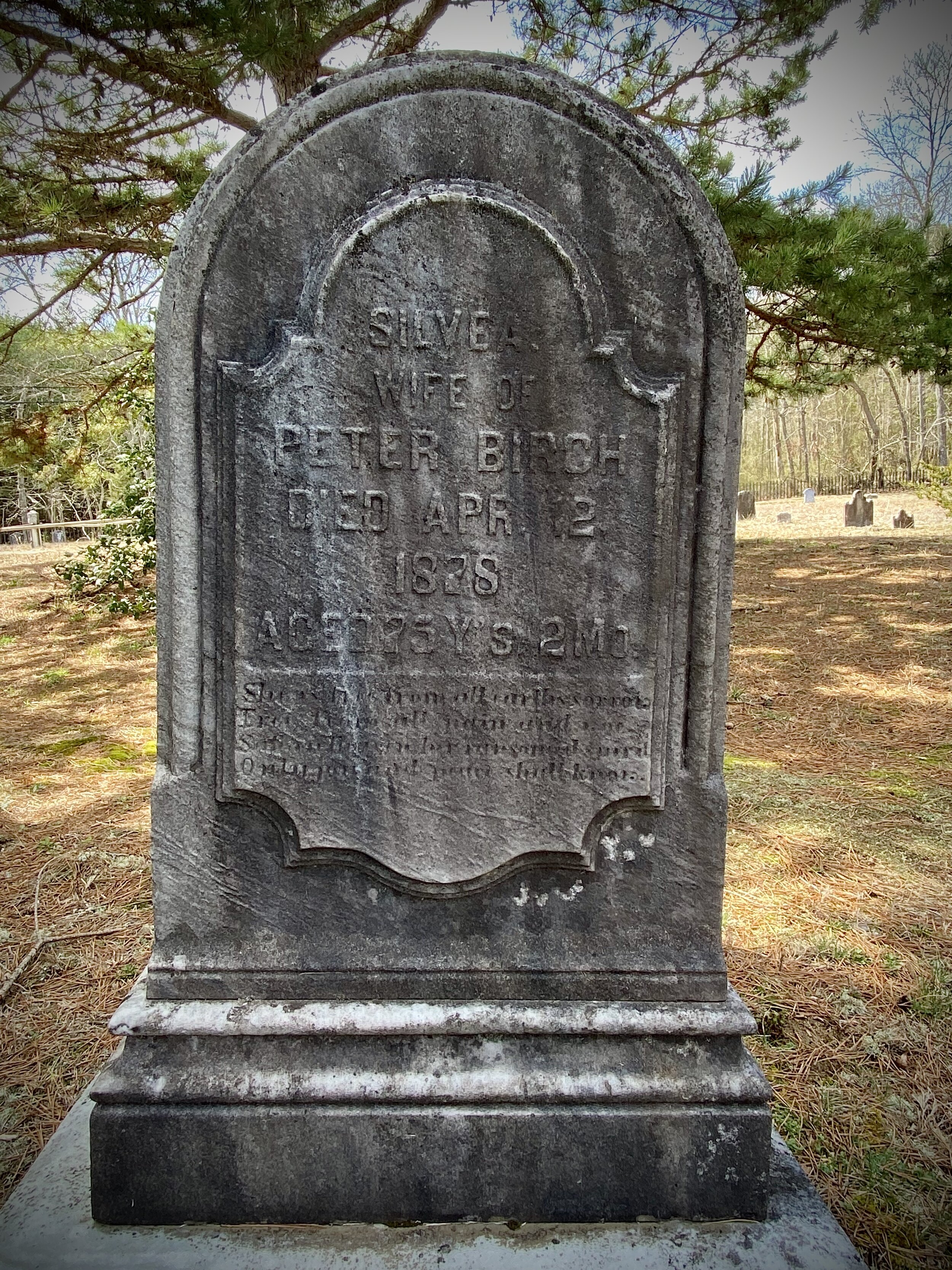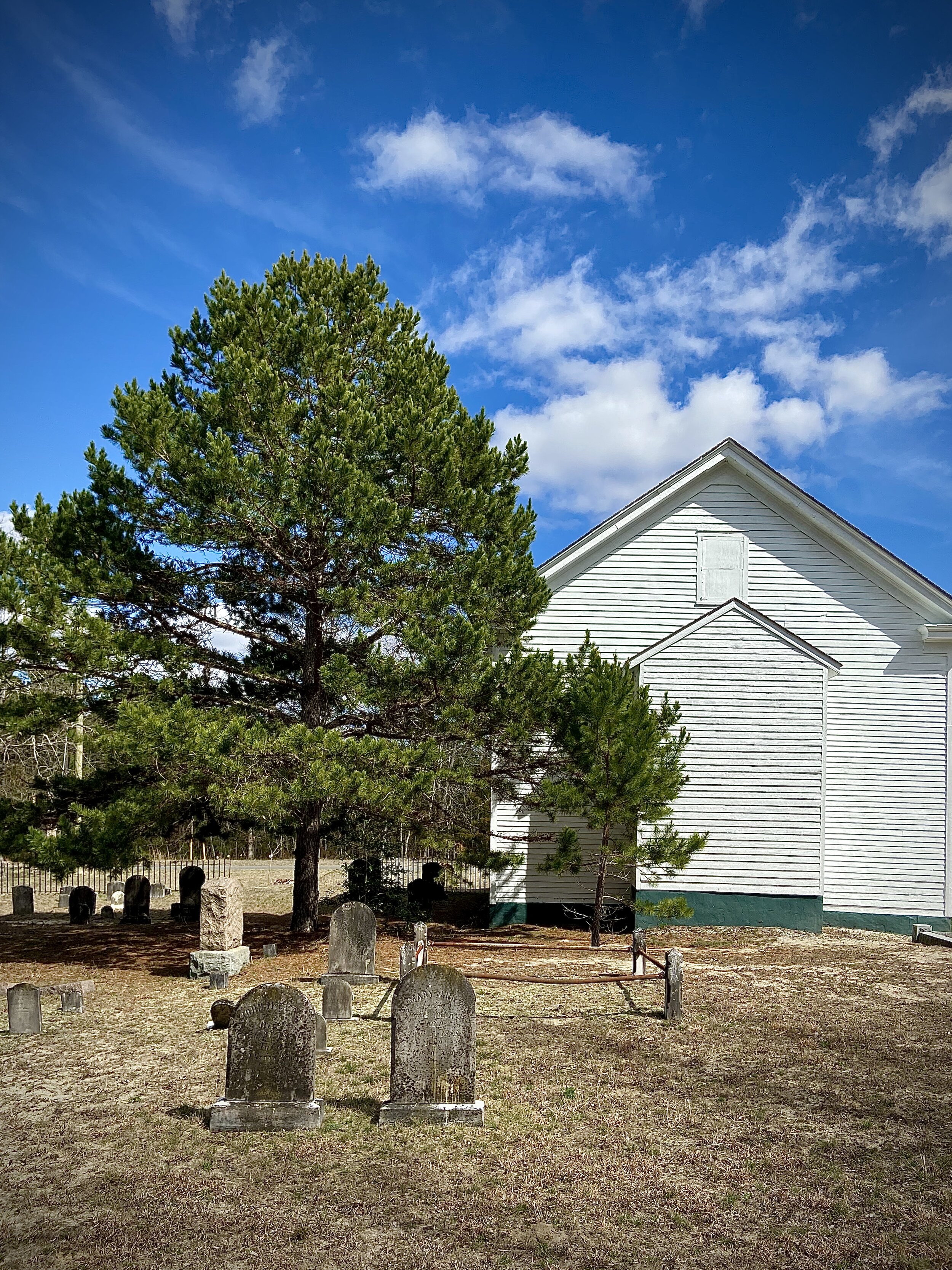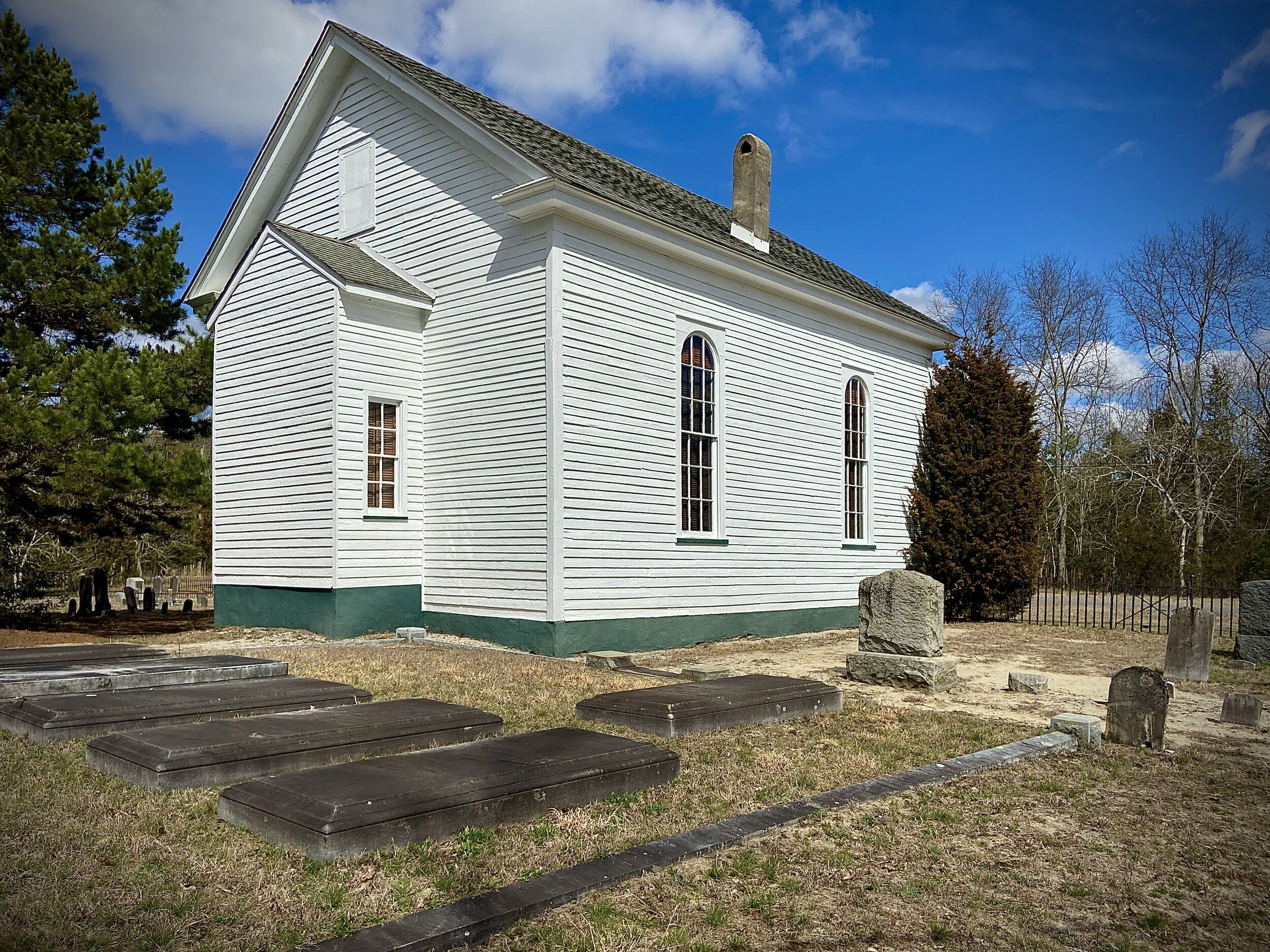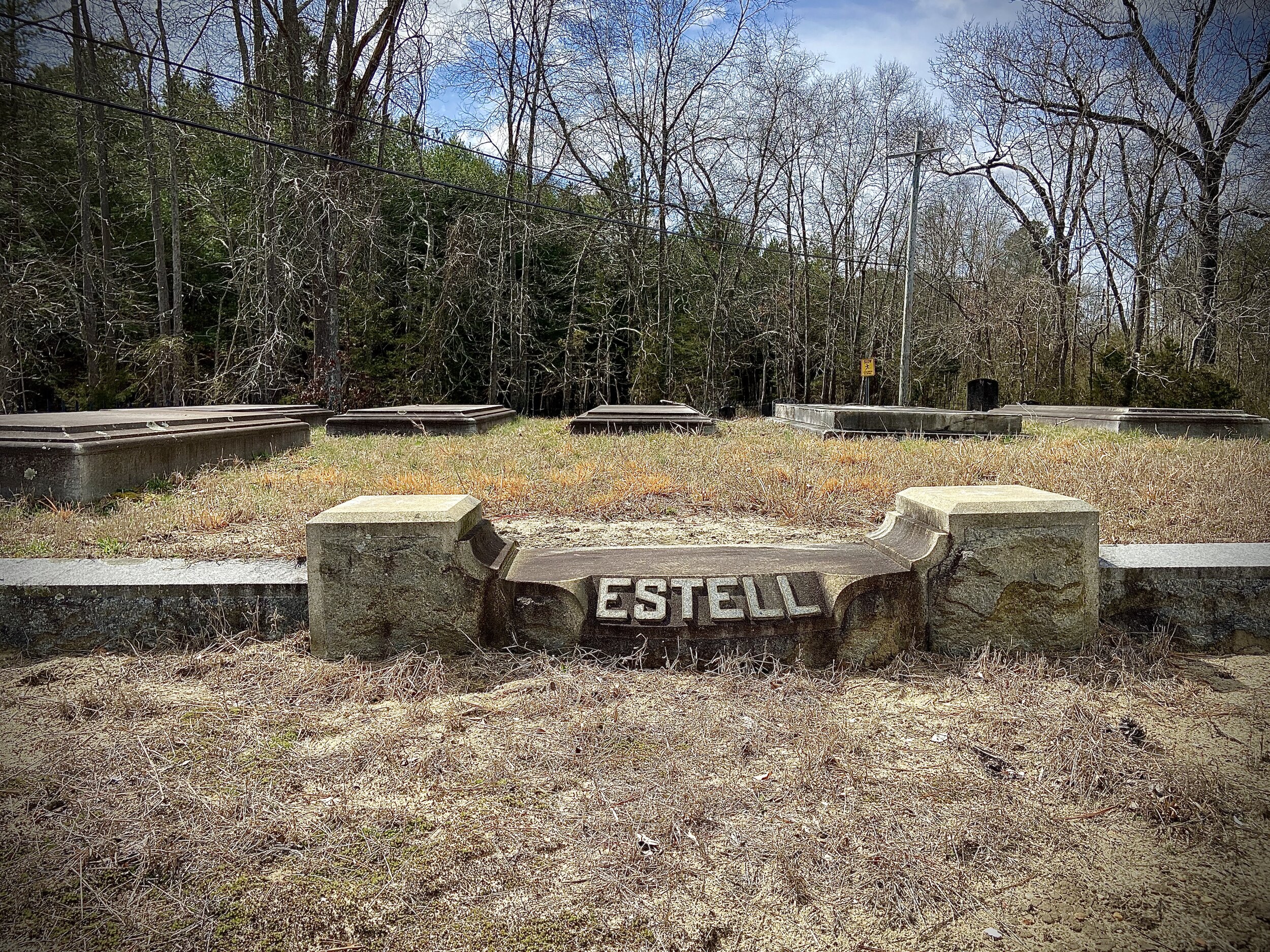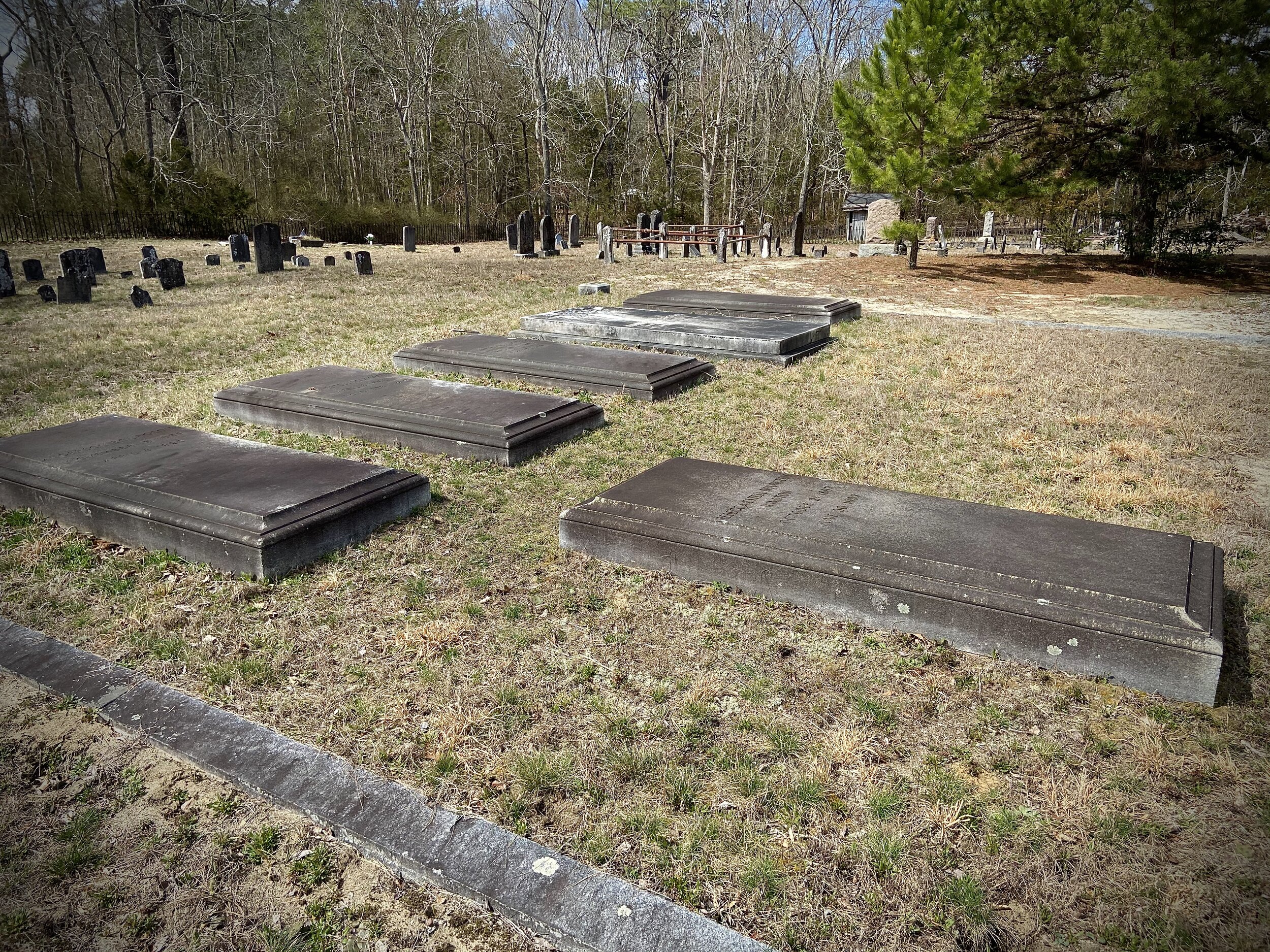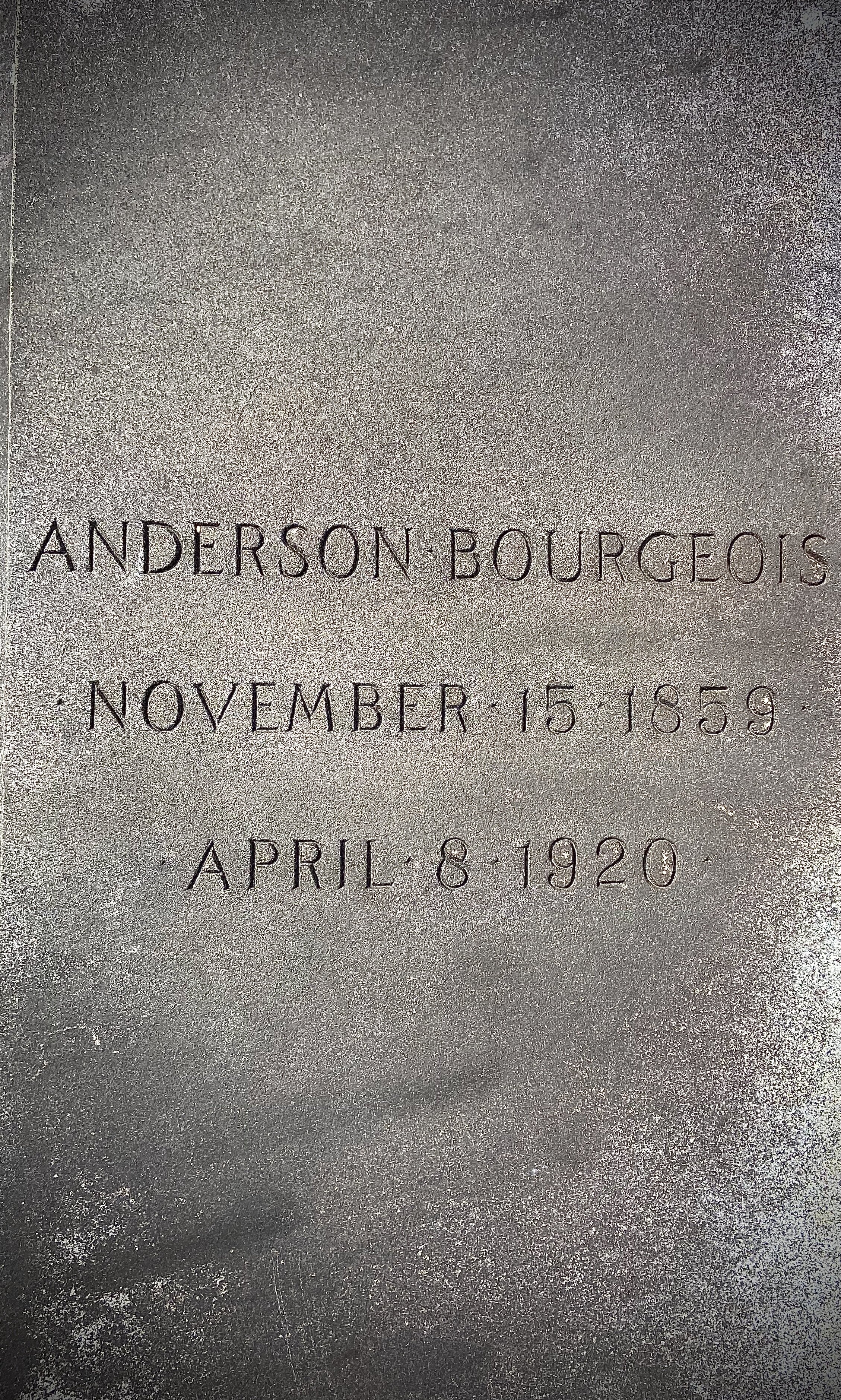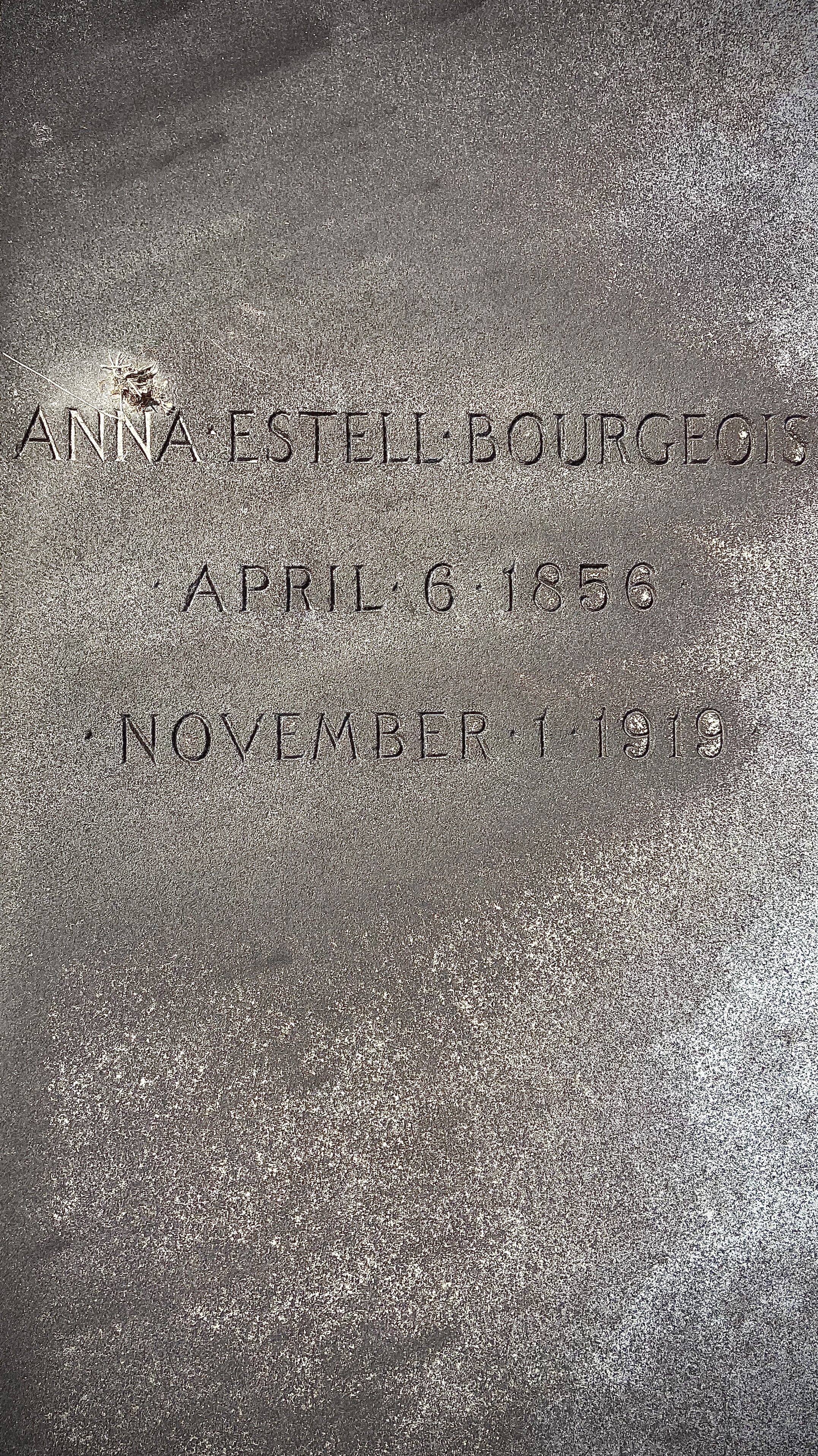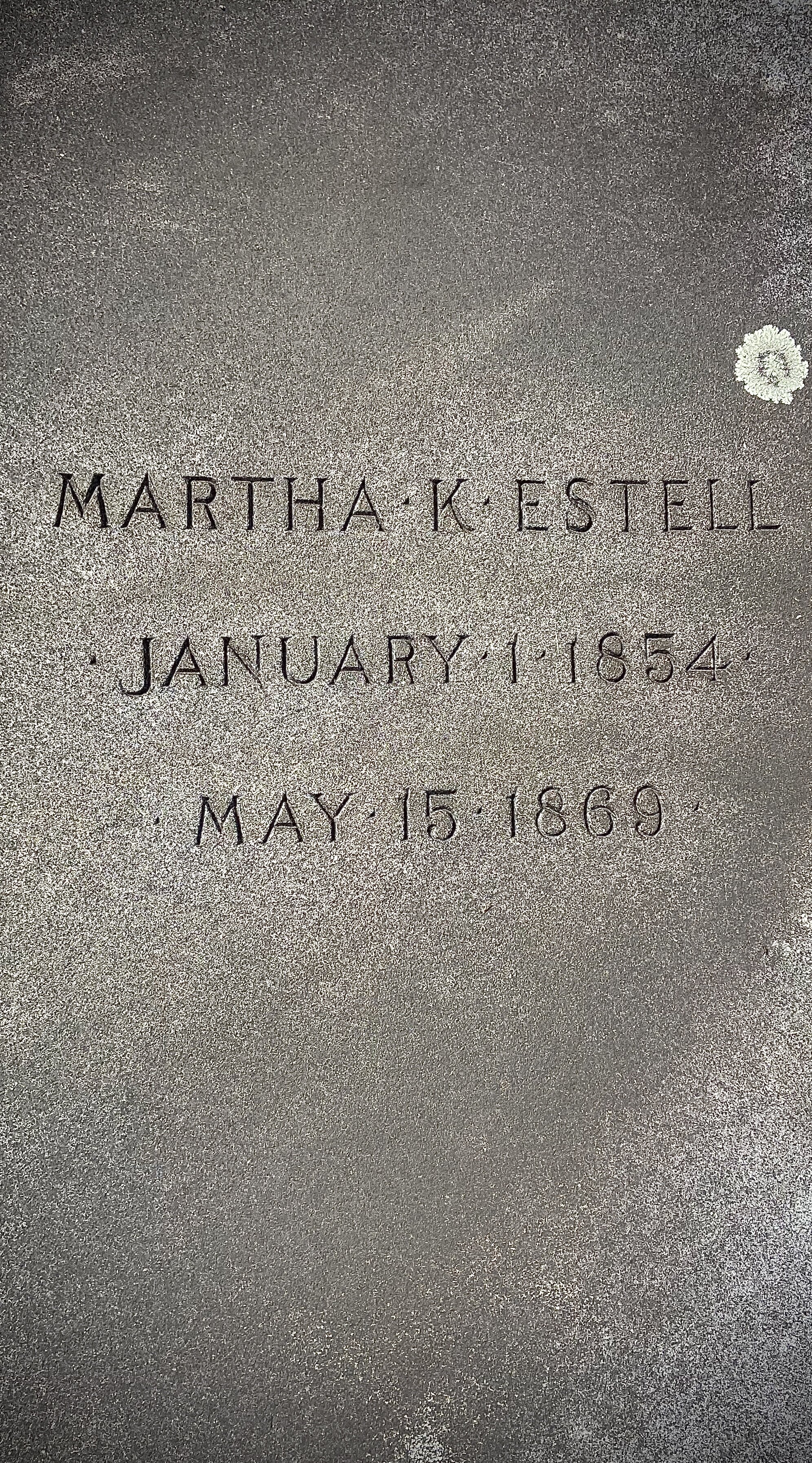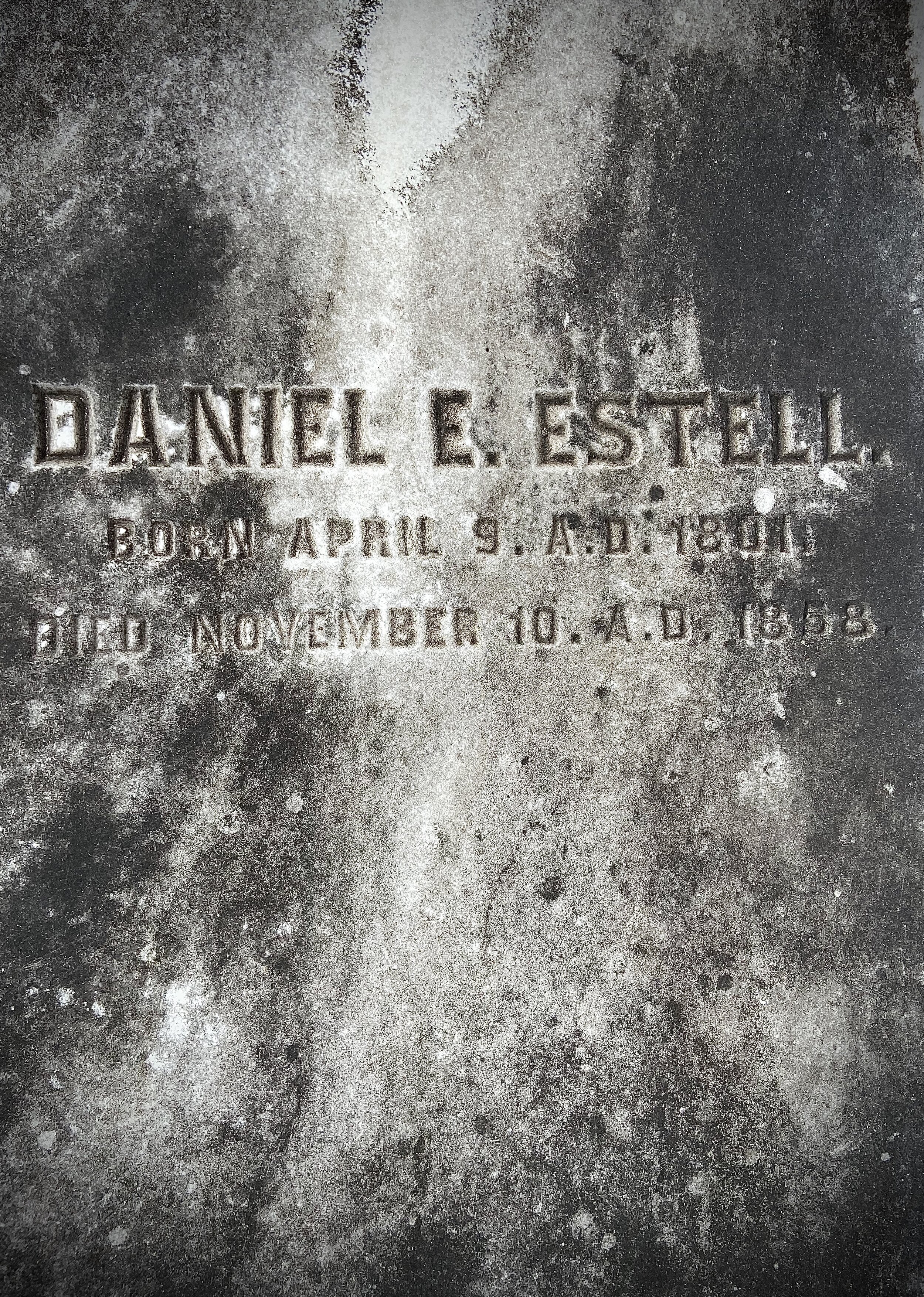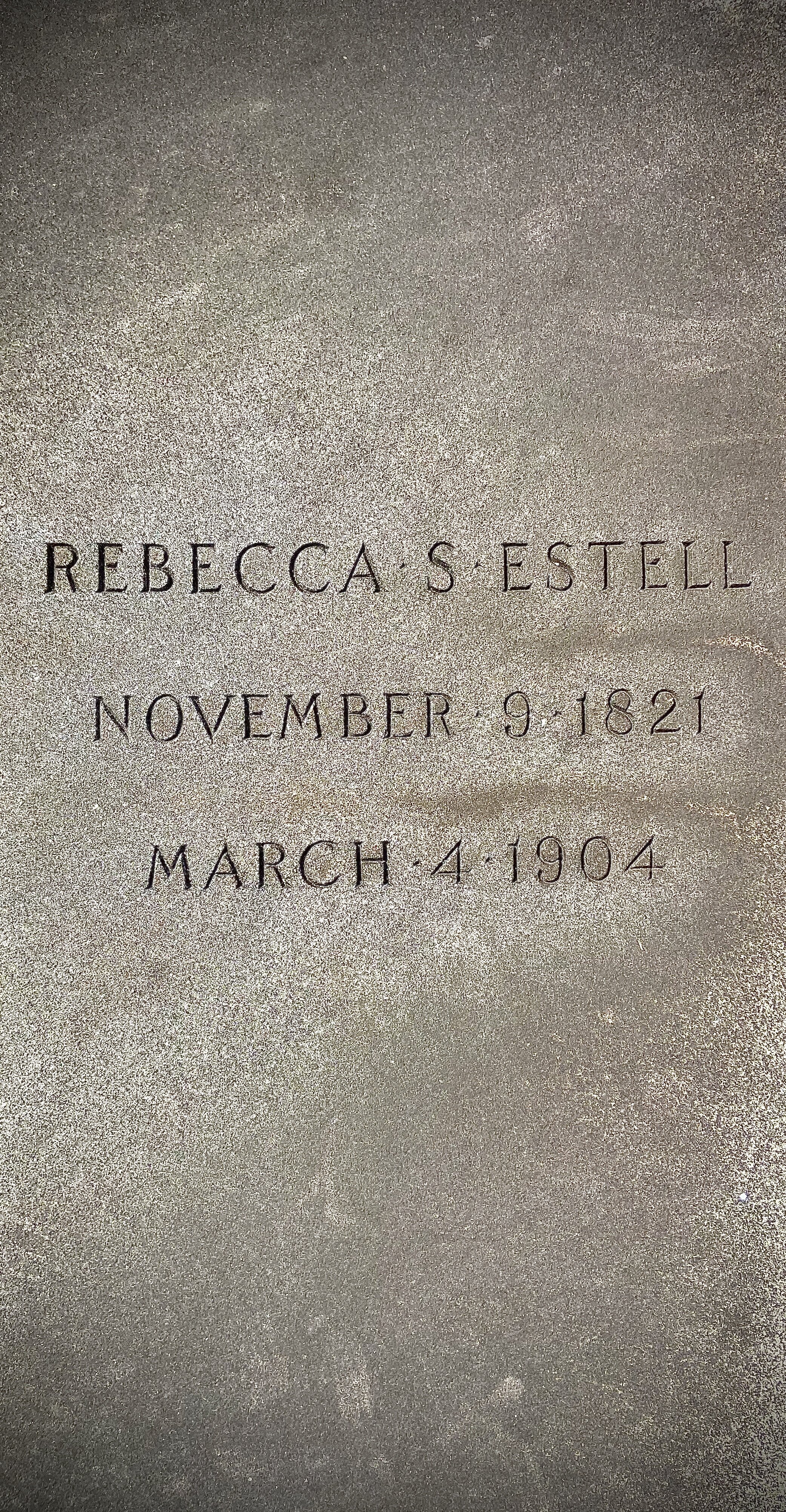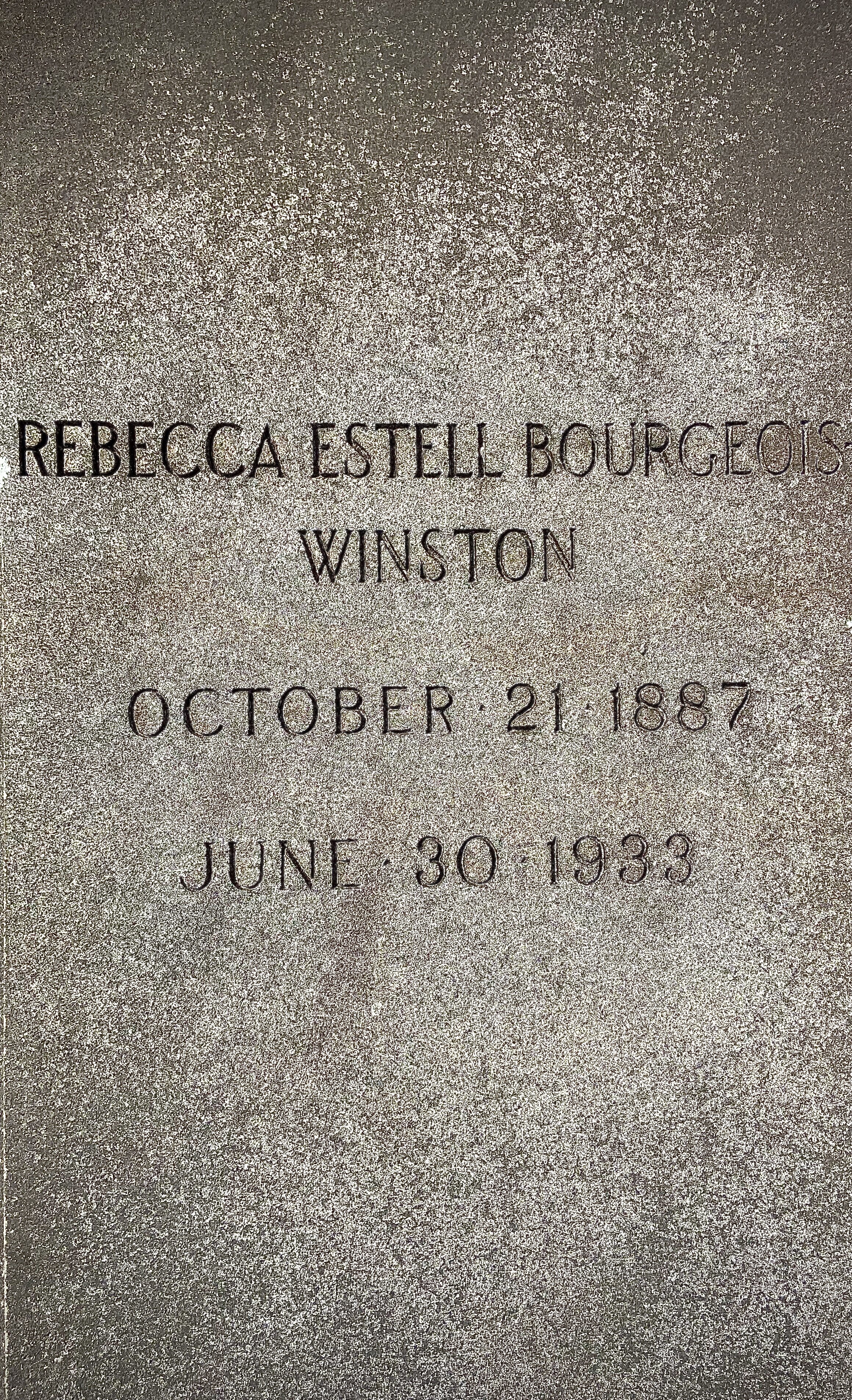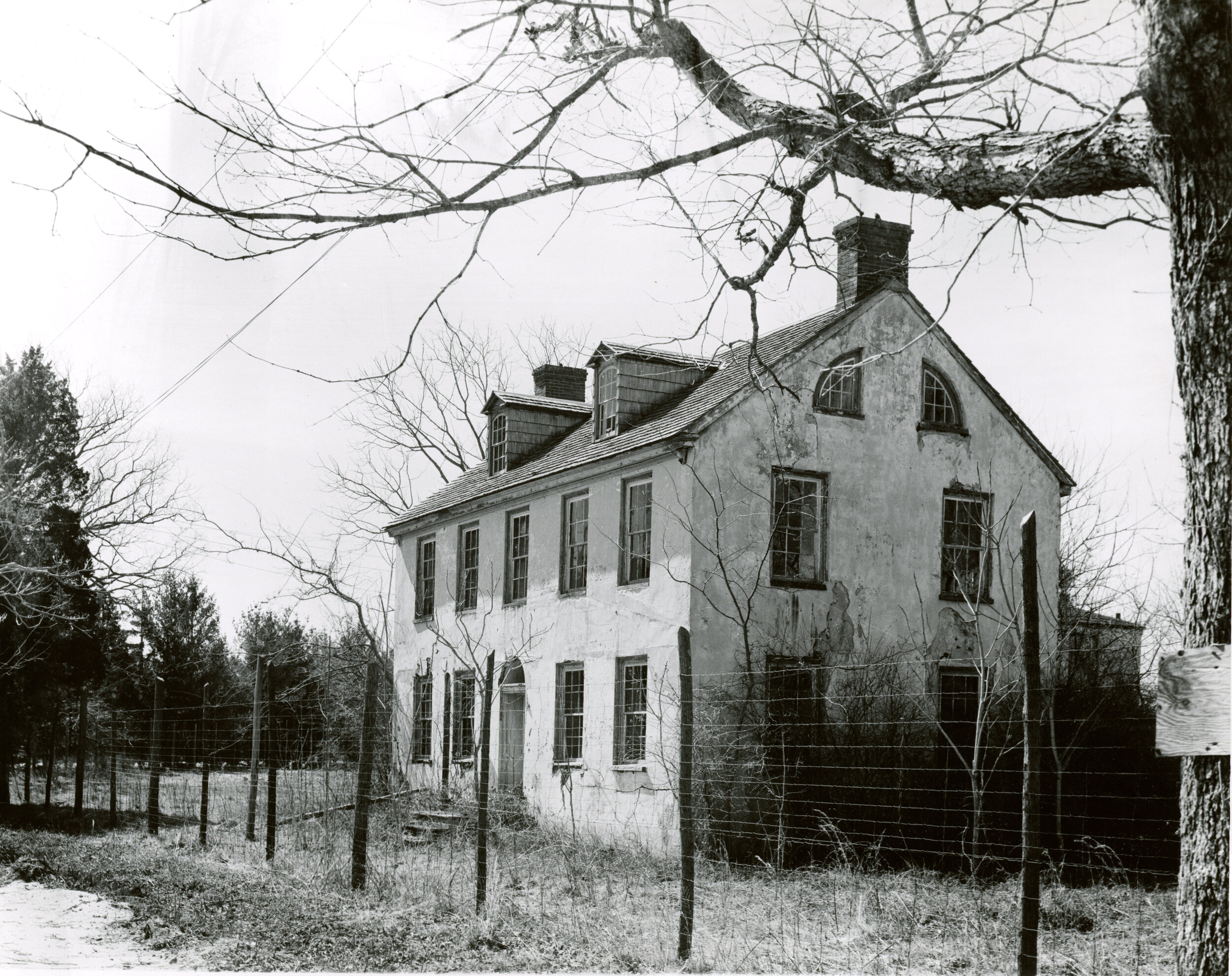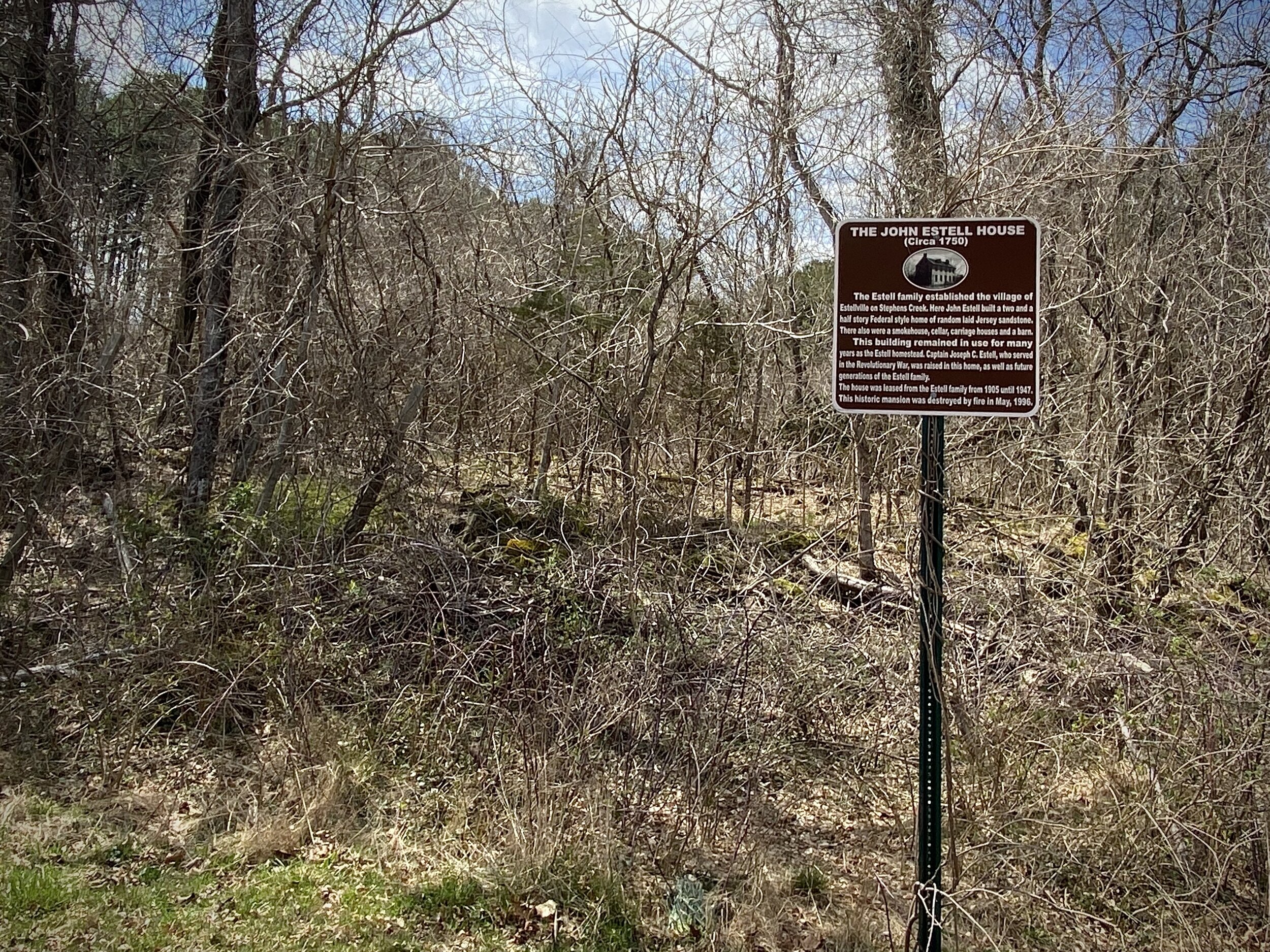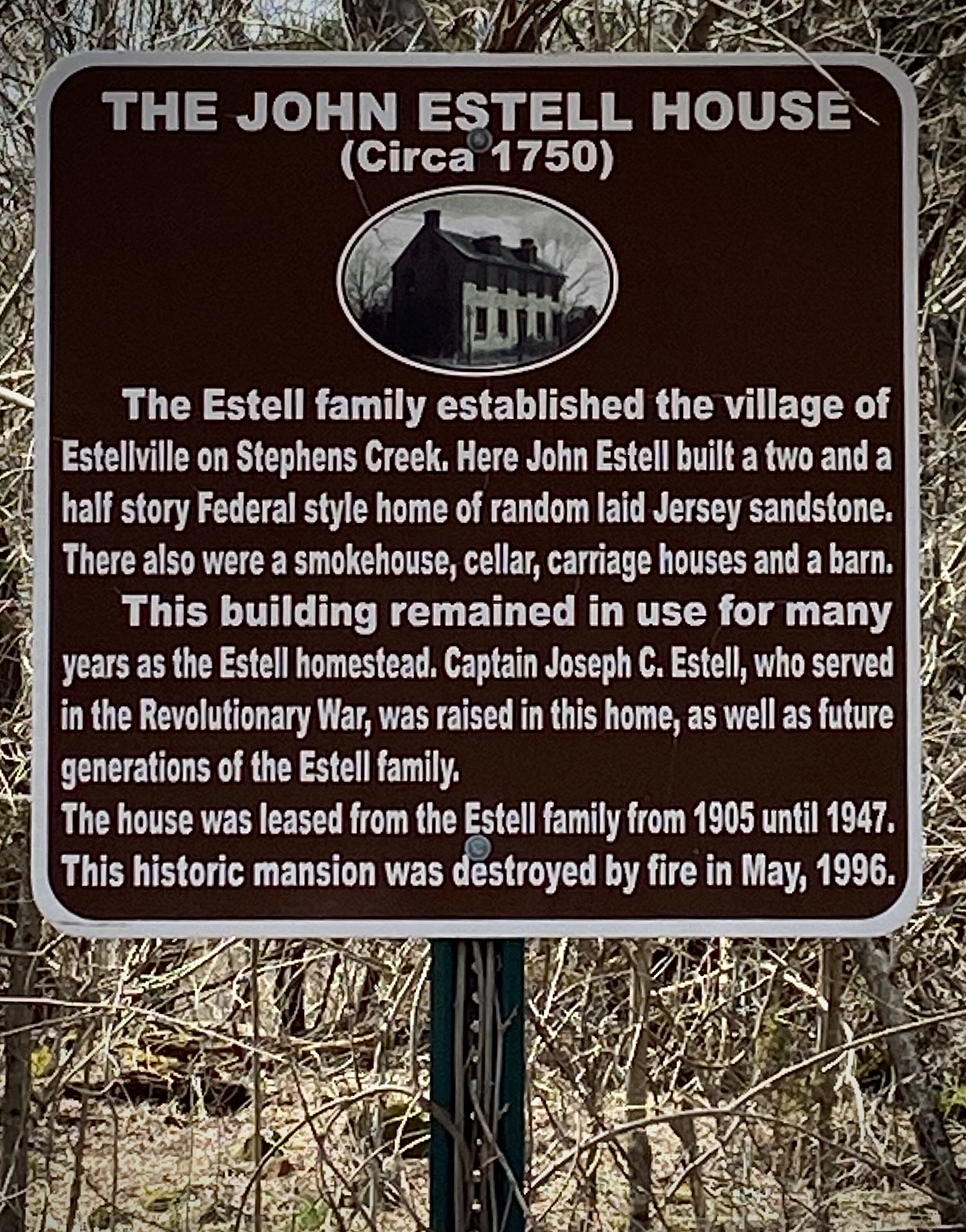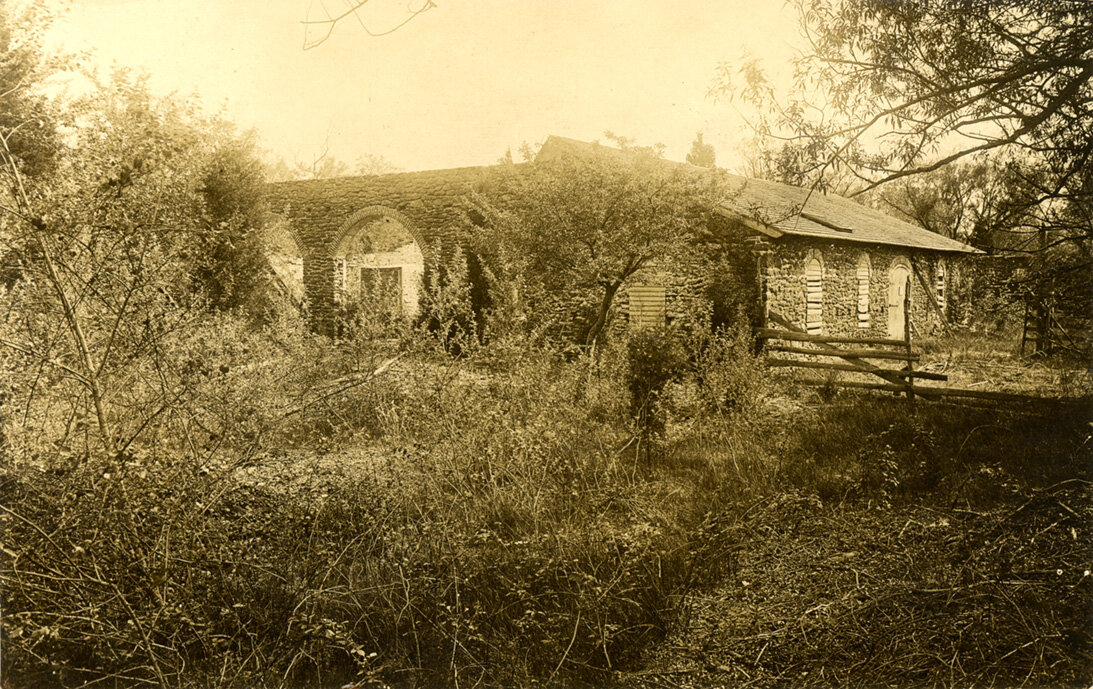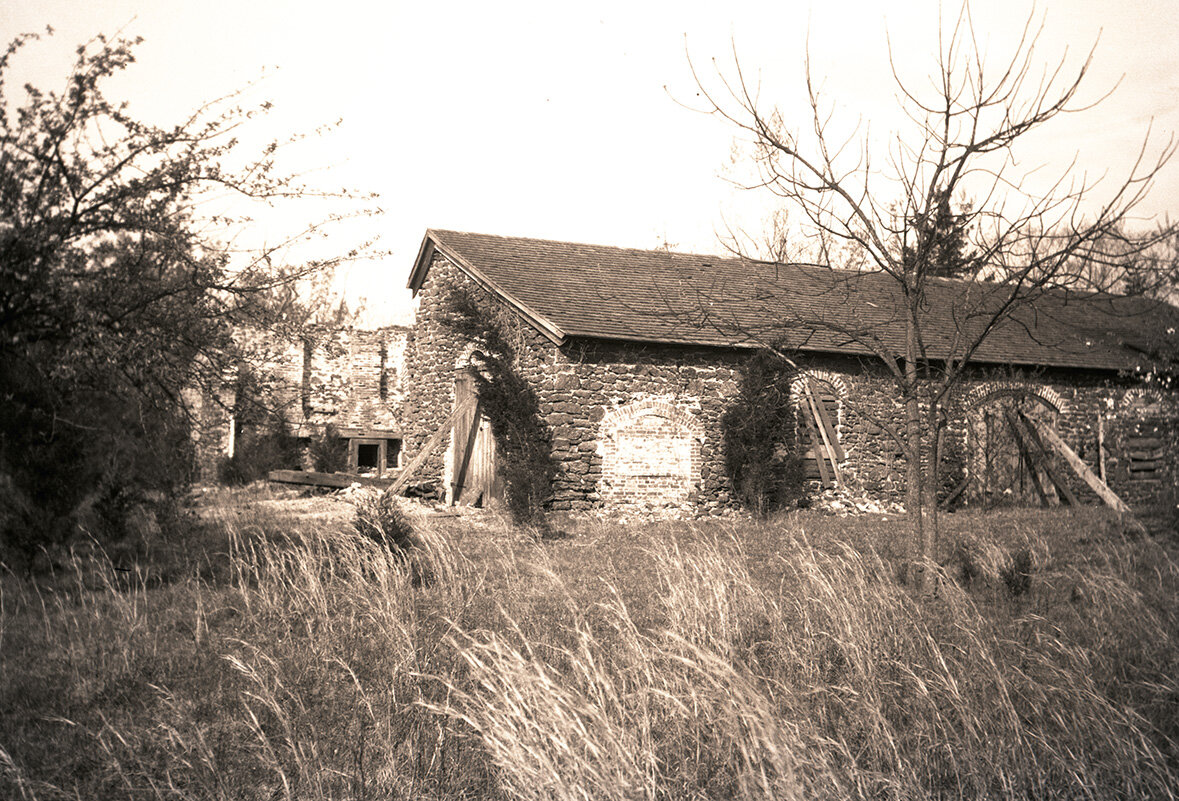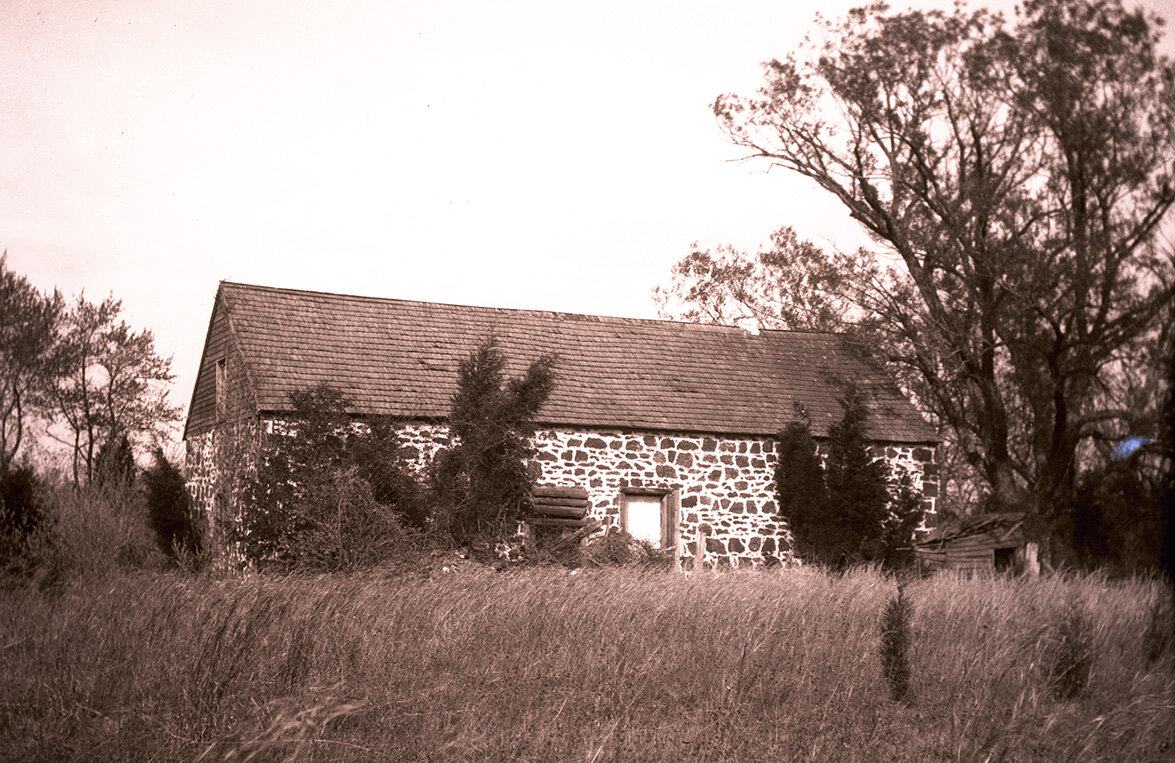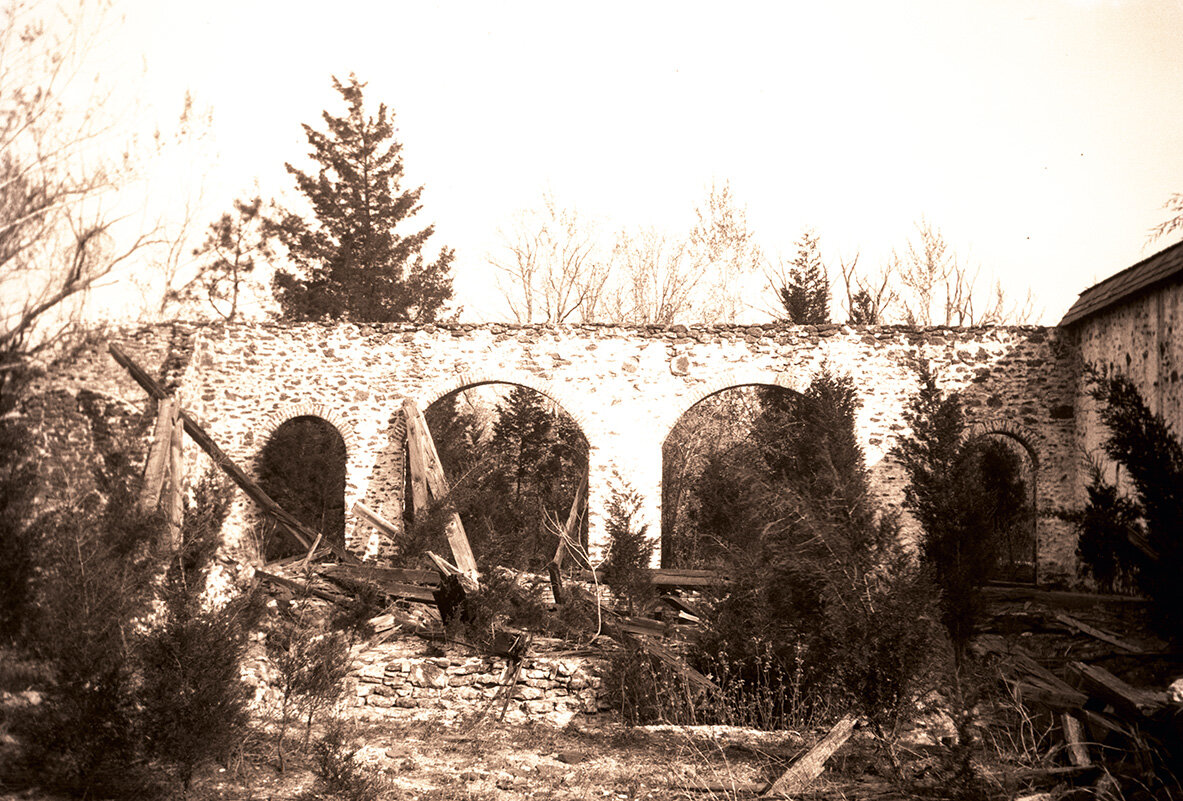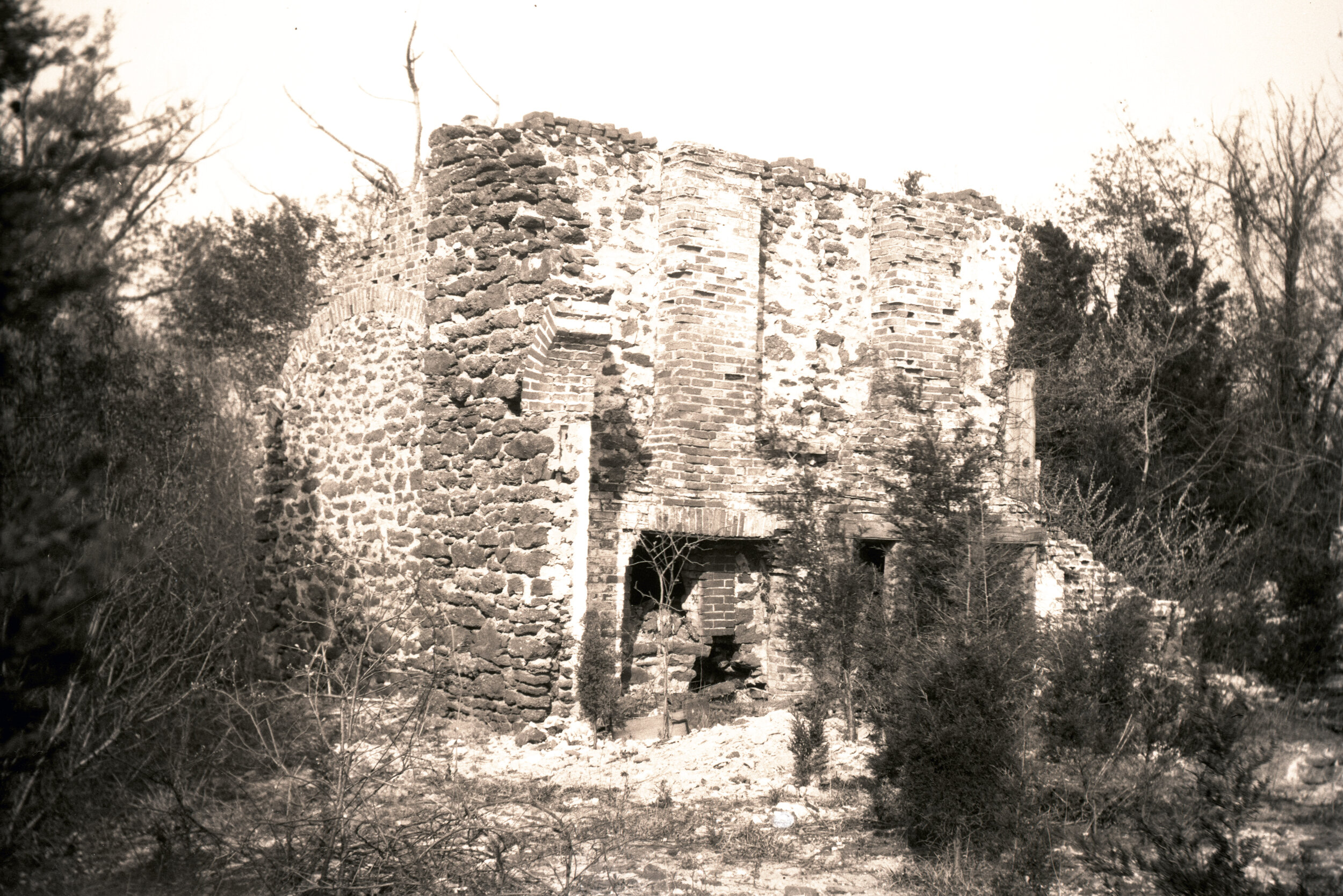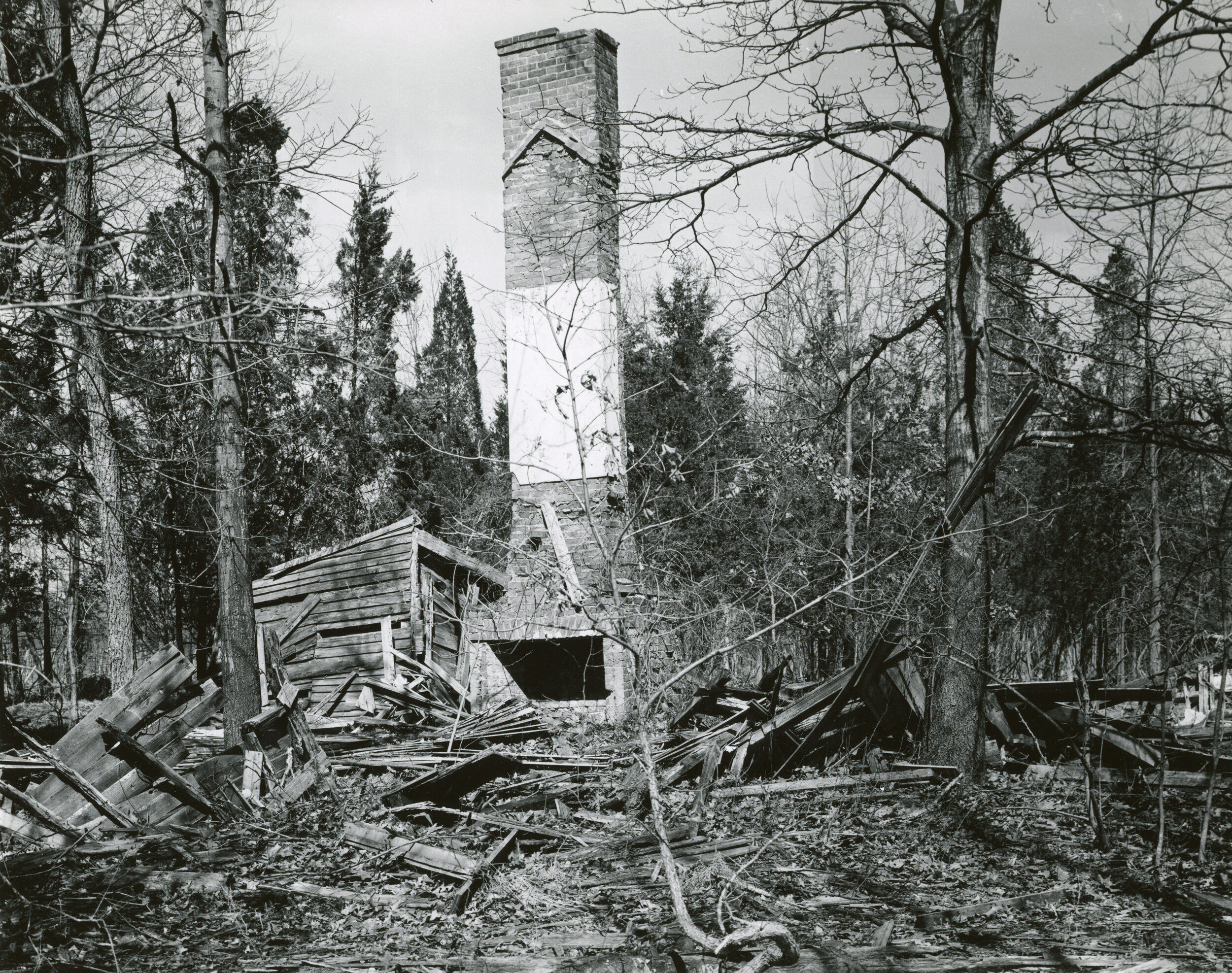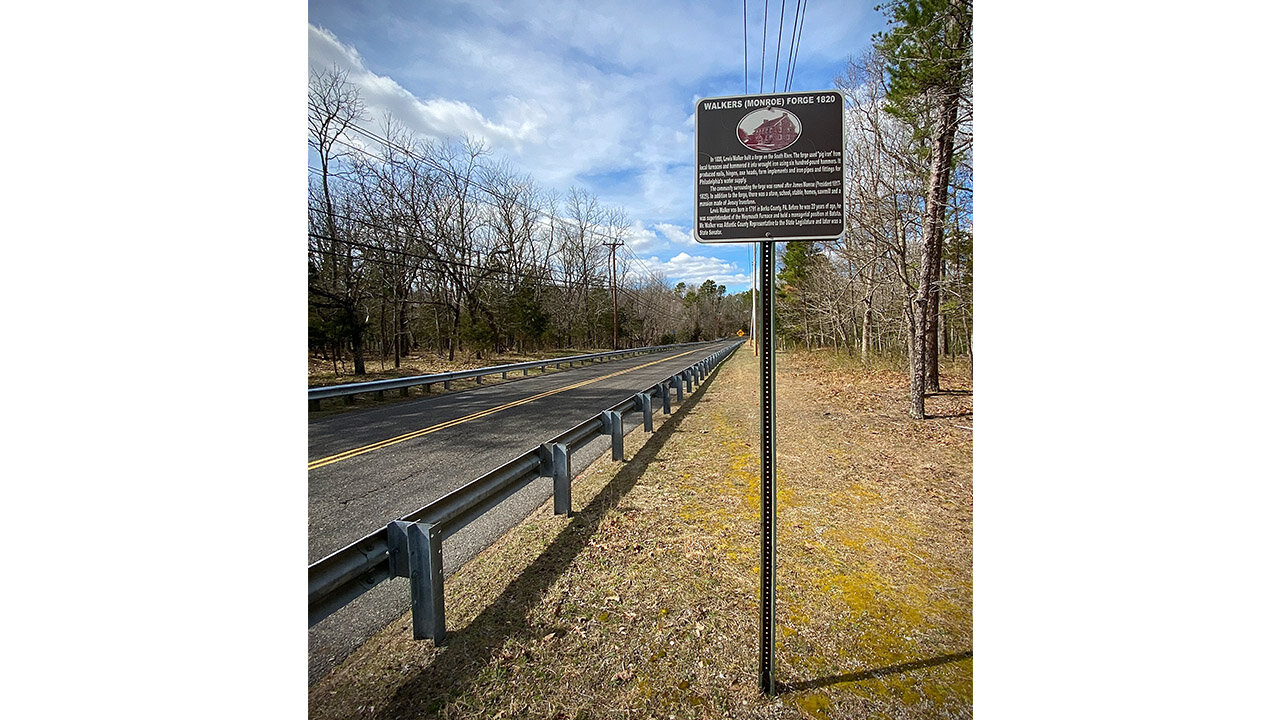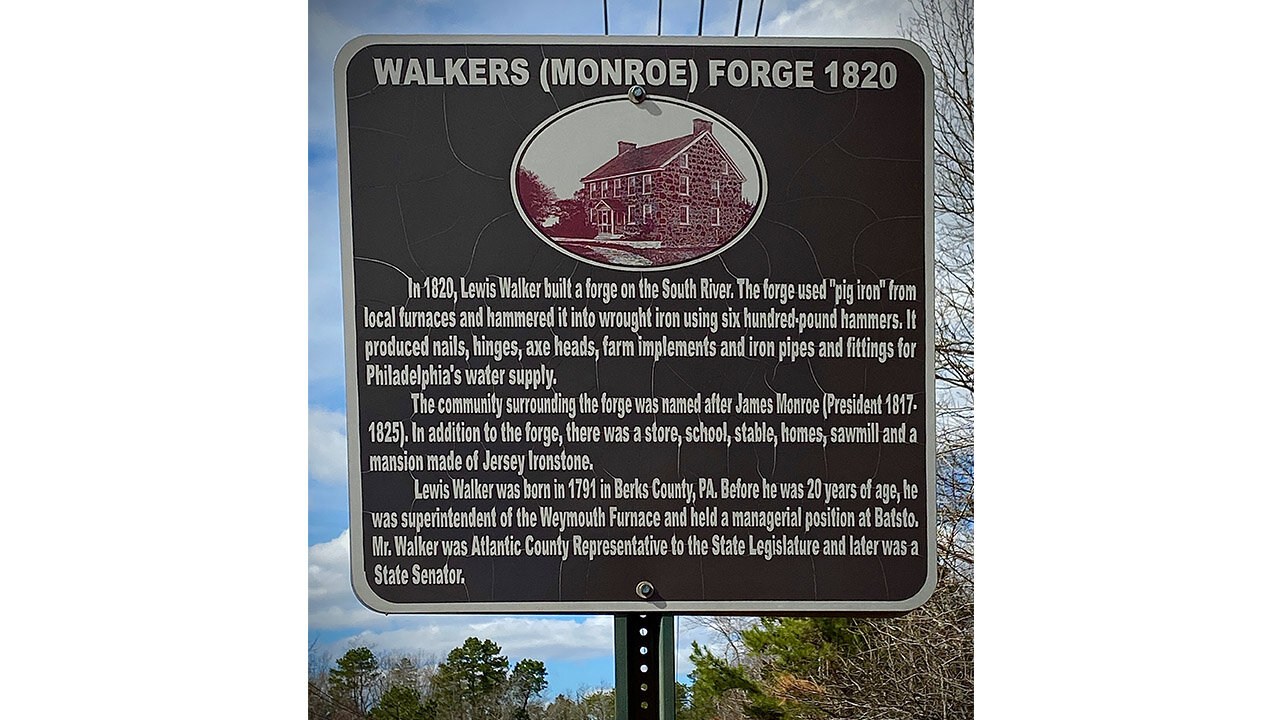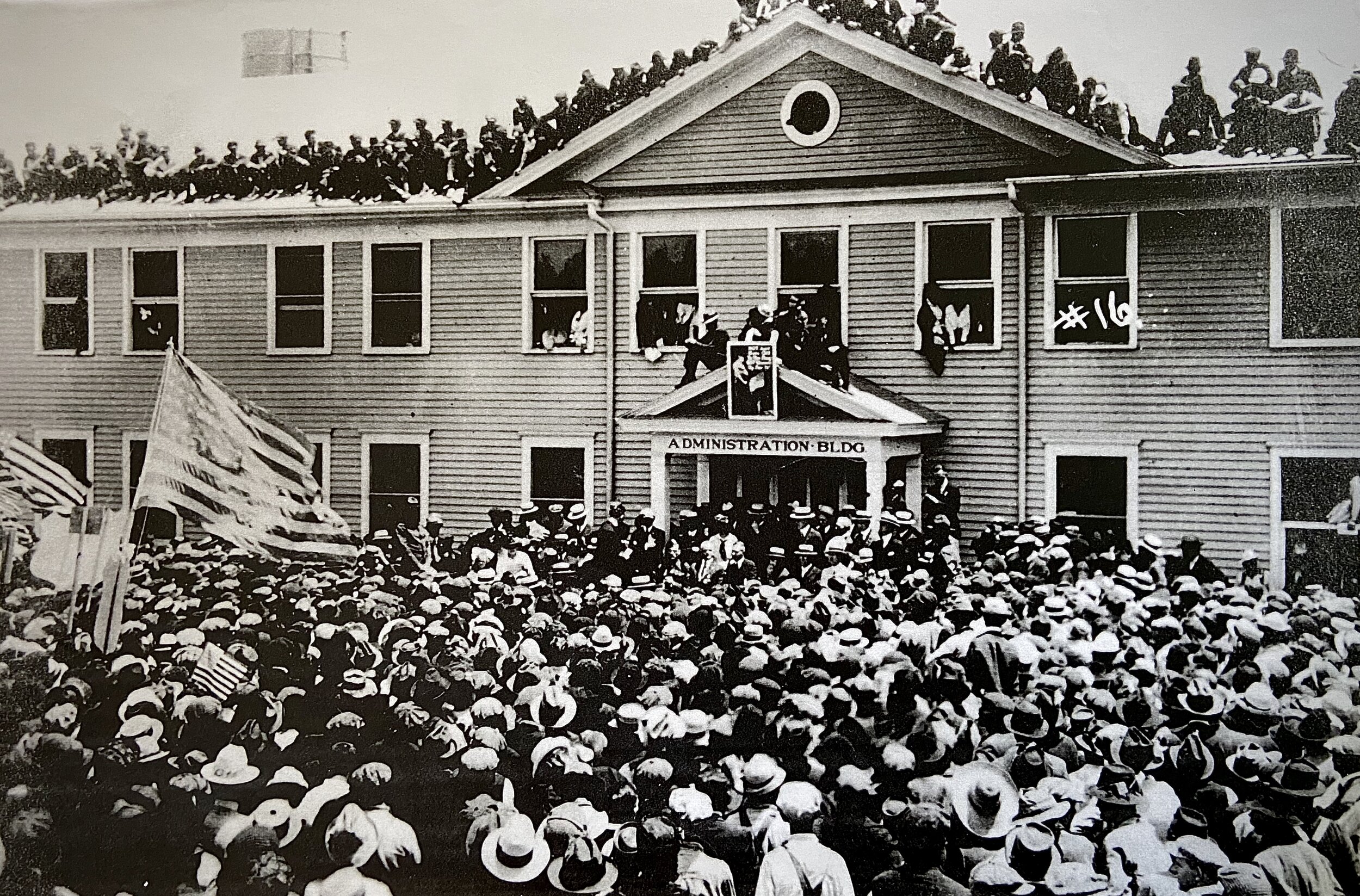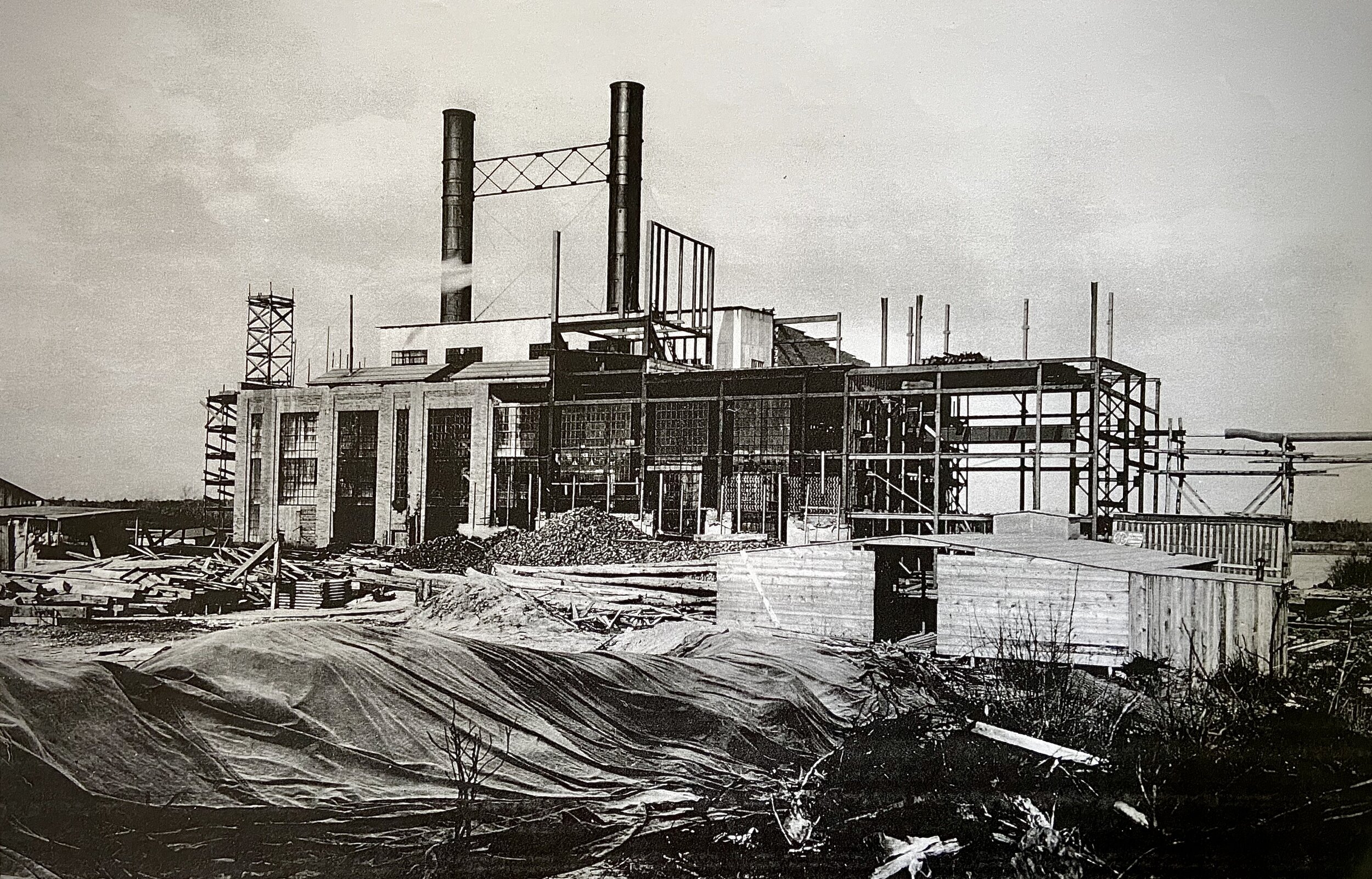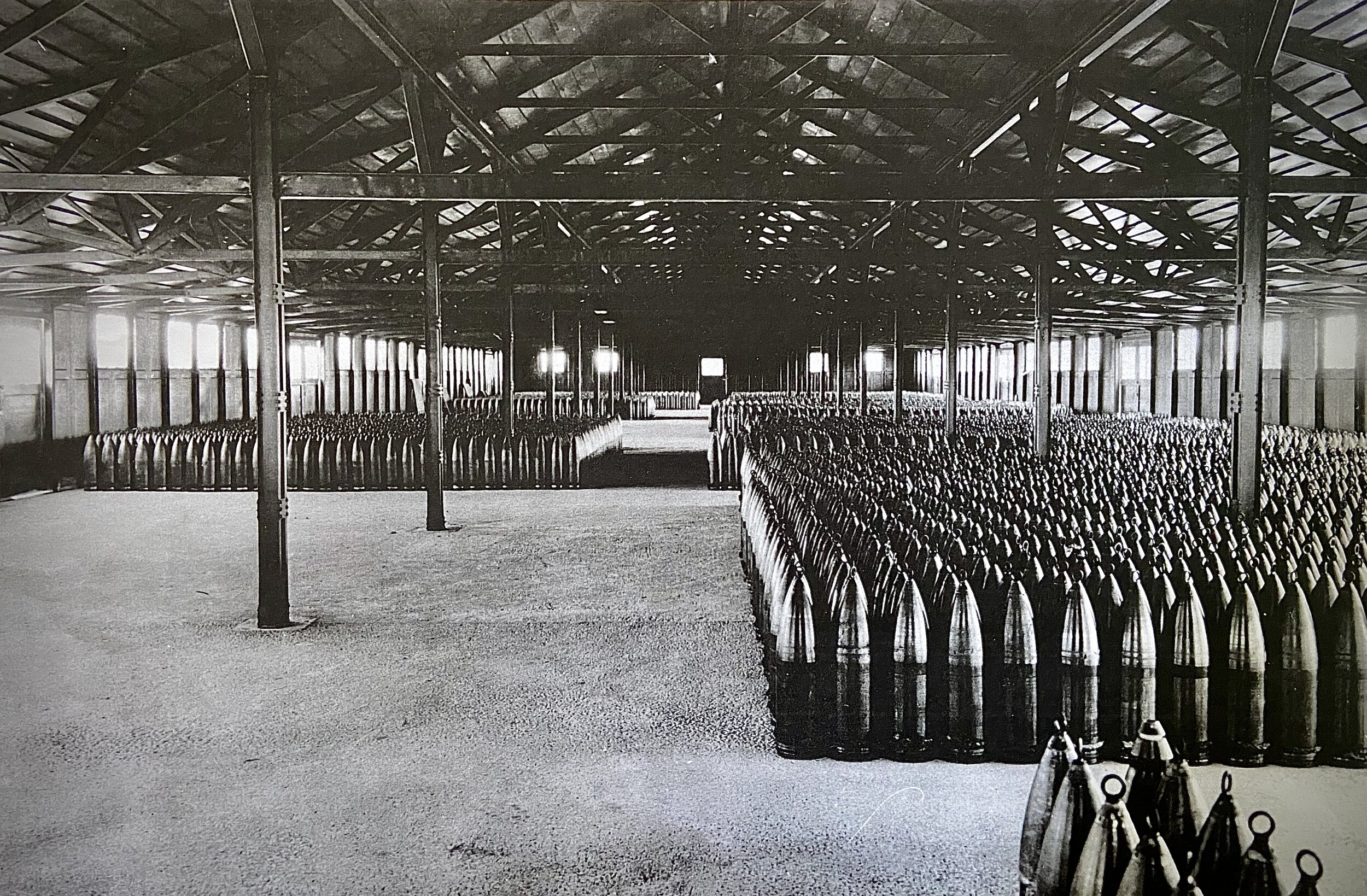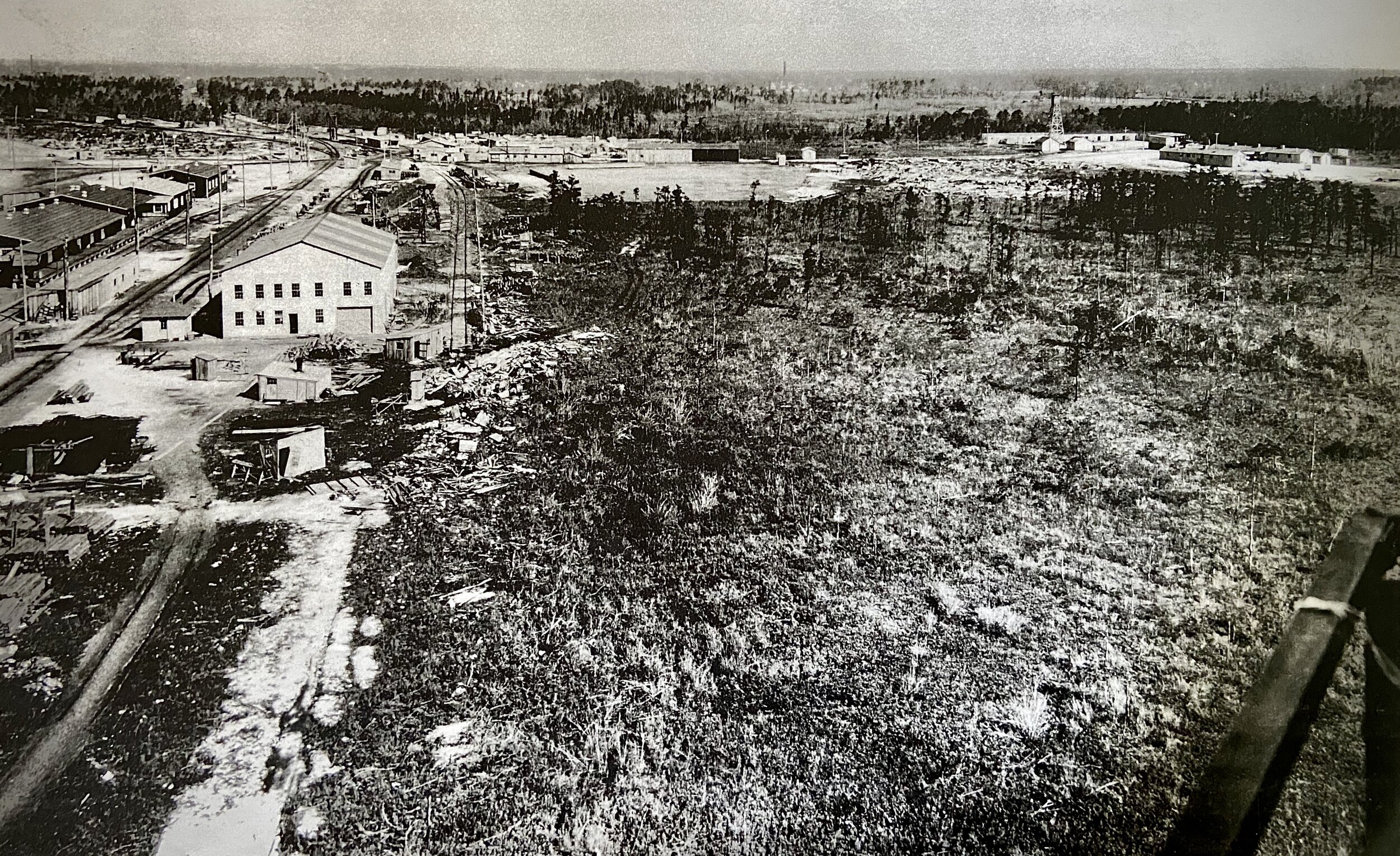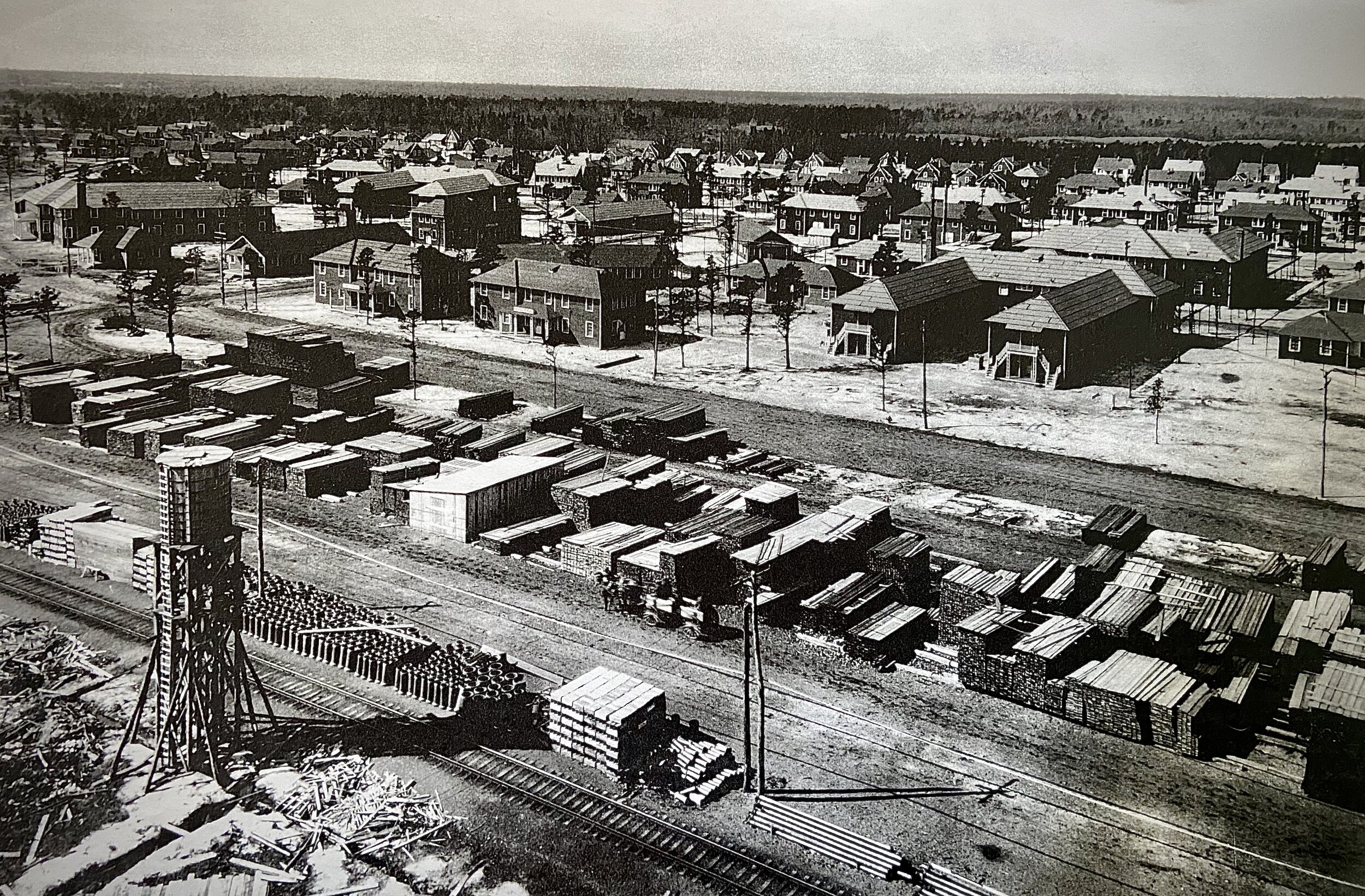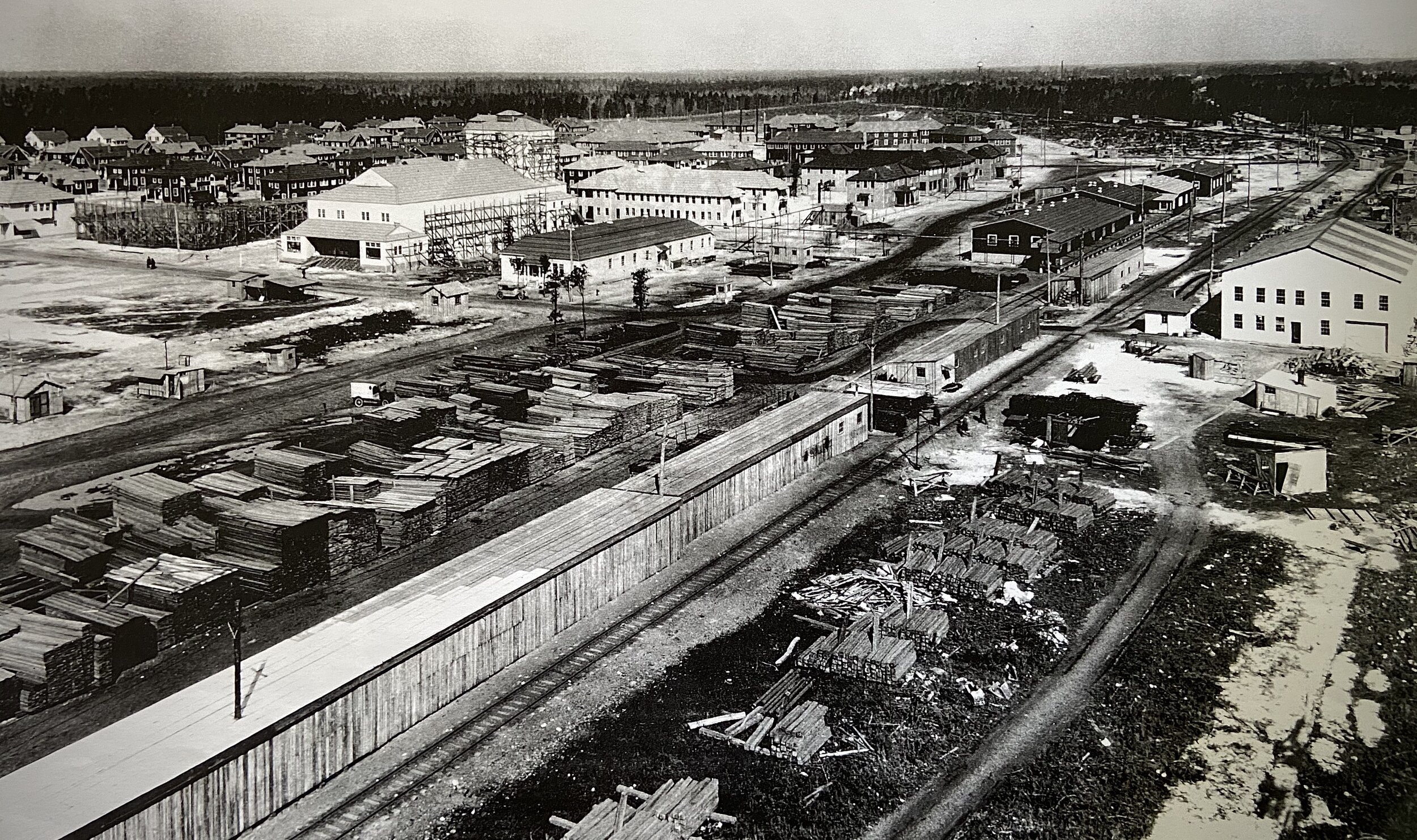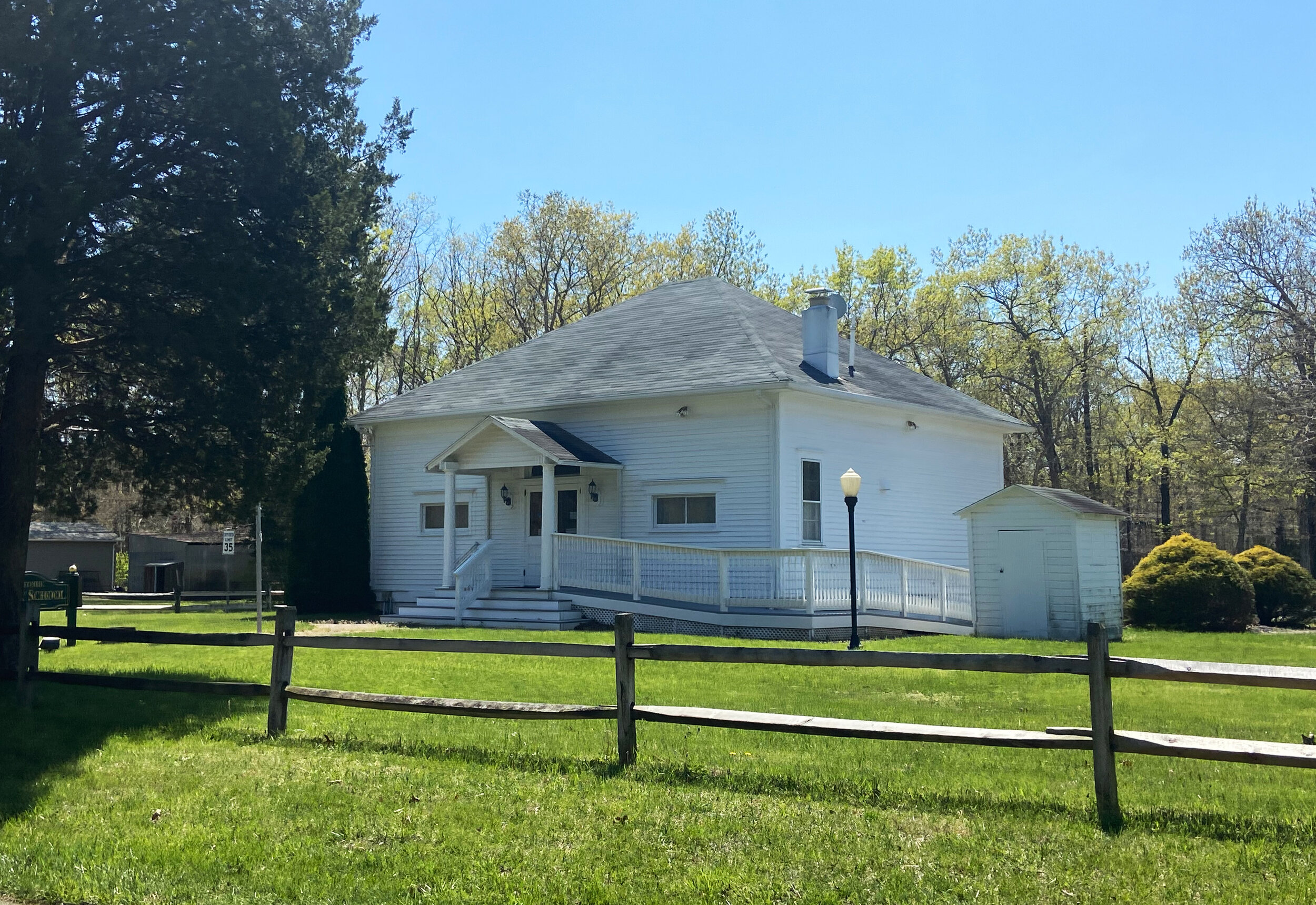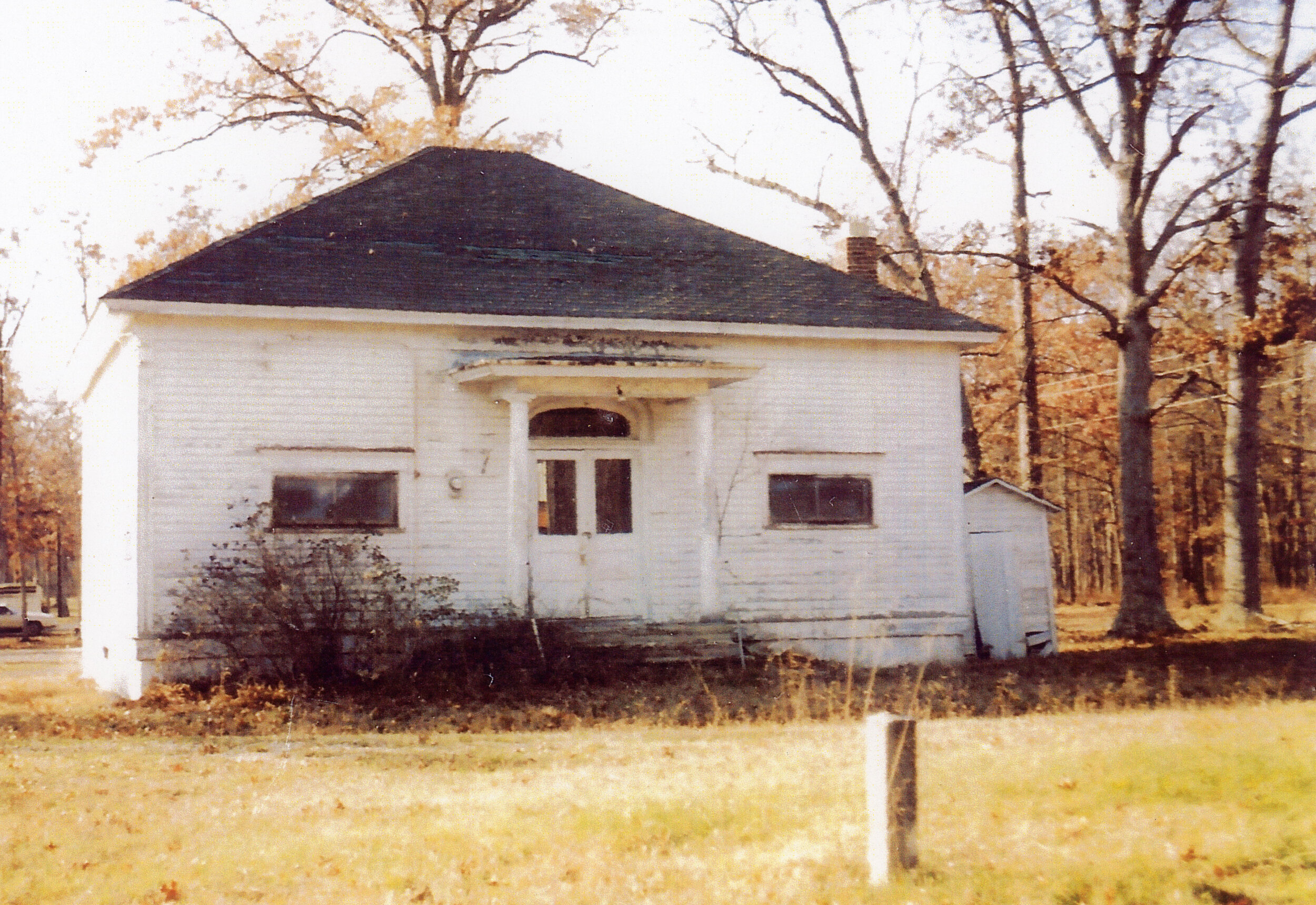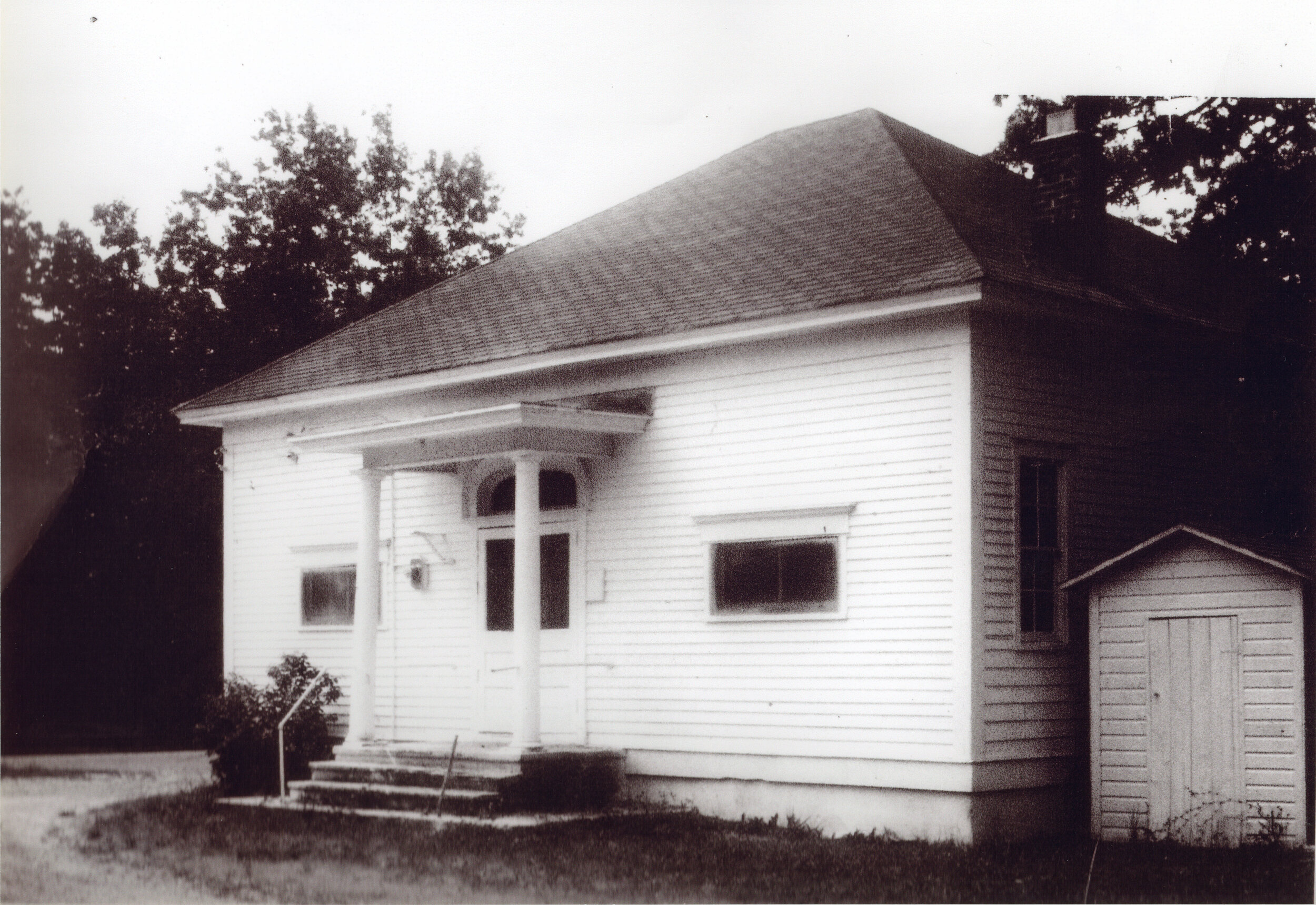Estell Empire: Online Tour of Historic Sites
Watch the video: Explore Estell
Watch the video: Conarroe: 19th Century Portraits - The Estell & West Families
Learn More: Estell and Burbridge Colony Land Deals
The Estell Empire online tour provides a glimpse into the history of the Estell family of New Jersey. It is a story of ships, settlements, suffrage, and society, from their arrival in the English colonies of the New World in the 1600s, to New Jersey’s first female mayor, Rebecca Estell Bourgeois in the early twentieth century. Using the natural resources of their vast estate, the Estell’s business ventures evolved over time in a succession of industries. From harvesting and milling lumber, making charcoal and naval stores, to glassmaking and establishing immigrant farming settlements, the Estells were involved in a wide array of endeavors.
ESTELL MANOR HOUSE
189 Route 50 South, Mays Landing, NJ 08330
The Estell Manor House was built in 1832 by Joseph West for his younger sister, Maria (pronounced Mariah) and her husband, Daniel Estell, as a wedding present. Daniel Estell was the co-owner and operator of the Estellville Glassworks until his death in 1858. The two and a half story home was constructed of sandstone, and is of vernacular Federal architecture. Daniel Estell’s granddaughter, Rebecca Estell Bourgeois, was the last family member to live there, until her death in 1933. Mrs. Estell Bourgeois was elected mayor of Estell Manor in 1925 and was the first female mayor in New Jersey.
STEPHEN’S CREEK
Estell Manor, NJ
Stephen’s Creek is an 8.3-mile-long tributary of the Great Egg Harbor River. There were once multiple shipyards in Estell Manor along the Great Egg Harbor River, a thriving industry in the 19th century. Timber production was critical to the shipping industry in Estellville. Trees, of course, contributed to all aspects of wooden shipbuilding. Locally-built ships carried essential goods from Estellville, including grain, glass, wood, and other valuable materials to cities all along the Eastern Seaboard.
ESTELLVILLE METHODIST CHURCH
93 Maple Ave, Mays Landing, NJ 08330
The Estellville Methodist Church, formerly Stephen’s Creek Meeting House, was built in 1834 at a cost of $621.21 on land donated by John E. Estell in, at that time, Weymouth Township, Gloucester County. The church served more than thirty families, but attendance eventually declined as did the glass, iron and lumber industries in the area. During World War I, in 1917, the Bethlehem Loading Company built a shell loading plant along the South River, and the church closed for good. Through the efforts of the “Friends of Old Estellville Methodist Church Committee,” an anniversary service is held every year on the first Sunday in October.
JOHN ESTELL HOUSE
199 Walkers Forge Rd, Mays Landing, NJ 08330
The Estell family established the village of Estellville on Stephen’s Creek. John Estell built a Federal style home of random laid Jersey sandstone. There was also a smokehouse, cellar, carriage houses, and a barn. This building remained in use for many years as the Estell homestead. Captain Joseph C. Estell, who served in the Revolutionary War, was raised in this home as well as future generations of the Estell family. The house was leased from the Estell family from 1905 until 1947. The historic mansion was destroyed by a fire in May 1996.
ESTELLVILLE GLASSWORKS
109 NJ-50, Mays Landing, NJ 08330
Daniel E. Estell and his half-brother, John Estell, were the driving force behind industry in Estellville. Daniel, who was described as an “energetic and successful businessman,” co-owned the Estellville Glass Works from 1836 - 1858 with John. John owned a successful trade company, John Estell and Son, and worked closely with coastal towns in the region. Daniel oversaw all of the major aspects of industry in Estellville, including the shipping of timber, corn, and various other resources. However, the high demand for window glass and other manufactured products in big cities are what made him extremely successful. He corresponded regularly with trading partners in New York City, Philadelphia, and Boston, as well as with other glassworks in South Jersey.
SMITH - IRELAND BURIAL GROUNDS
Inside Estell Manor Park: 233 - 215, Route 50 South, Mays Landing, NJ 08330
The Smith-Ireland Burial Grounds, within Estell Manor Park, contain the remains of members of the Smith and Ireland families. One of the graves is that of a Revolutionary War soldier, Japhet Ireland, who died on February 20, 1810, at the age of 66. This location marks the terminus of the ancient Lower Cohansy Road, which began at Greenwich in Cumberland County. By the beginning of the eighteenth century the place was known as South River, home to the Smiths, Irelands, and Campbells. Two shipping wharves were present, South River Landing on the western bank of the river, and Herberts Landing on the eastern bank.
WALKER’S FORGE
Route 50 South, Mays Landing, NJ 08330
In 1820, Lewis Walker built a forge on the South River. The forge produced nails, hinges, axe heads, farm implements, iron pipes and fittings for Philadelphia’s water supply. The community surrounding the forge was named after James Munroe (U.S. president 1817 – 1825). In addition to the forge, there was a store, school, stable, homes, sawmill and a mansion made from Jersey ironstone. Lewis Walker was the superintendent of the Weymouth Furnace, Atlantic County Representative to the State Legislature, and, later, a State Senator.
BURBRIDGE COLONY
Cumberland Avenue, Mays Landing, NJ 08330
Burbridge Colony was established in 1882 by former Civil War General S. G. Burbridge and his partners to provide a community for Jewish refugees who had emigrated from Russia. With the support of the Hebrew Emigrant Aid Society (HEAS) in New York City, approximately 200 refugees were placed in the Colony. Each of the families were given a fifteen-acre plot of land and the tools necessary for survival. However, a drought in the summer of 1883 made it nearly impossible to grow crops, causing a food shortage. A cottage fire in August of the same year killed two children, while also severely injuring their mother. Many of the refugees could not repay HEAS and moved to larger cities to find work. By December of 1883, only a year after its founding, Burbridge Colony was nearly deserted by all of its inhabitants.
BETHLEHEM LOADING COMPANY
233 - 215, Route 50 South, Mays Landing, NJ 08330
View Atlantic County’s Sign Tour
In April of 1917, the United States declared war on Germany. New factories for the production of modern munitions were greatly needed, and four new plants came into existence: Atlantic Loading (AMOTOL); Bethlehem Loading Company; DuPont Engineering Company; and T.A. Gillespie Loading Companies. The organization and implementation of the Bethlehem plant's construction was an example of the engineering skills, patriotic spirit, and the abilities of the American workforce. The area selected was a tract of land stretching from below Mays Landing to Petersburg, consisting mostly of swampy land, and totaling approximately 10,000 acres. The armistice ending World War I was signed on November 11, 1918, however the loading facility continued operations until 1919.
RISLEY SCHOOL
134 Cape May Ave, Estell Manor, New Jersey 08319-1736
The construction of the Risley Schoolhouse in 1913 was funded by the Estell family and was in use as the area's elementary school until 1953. It has been listed on the New Jersey Register of Historic Places since October 18th, 2010. The Risley Schoolhouse is now the home of the Estell Manor Historical Society.




